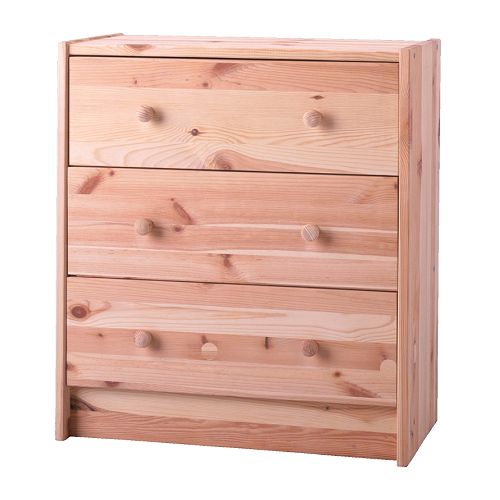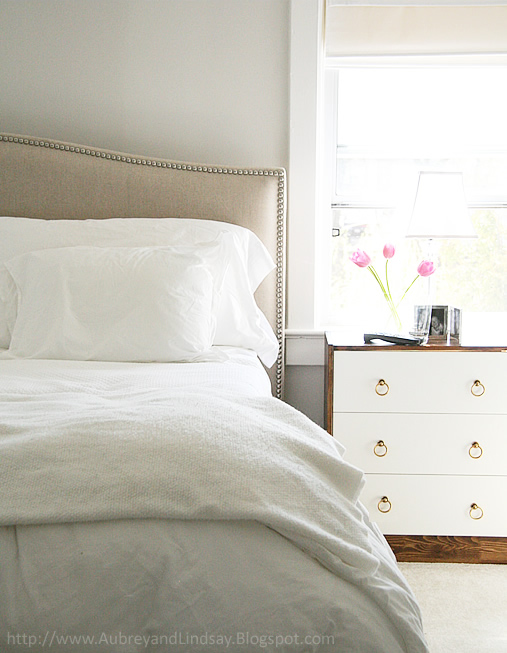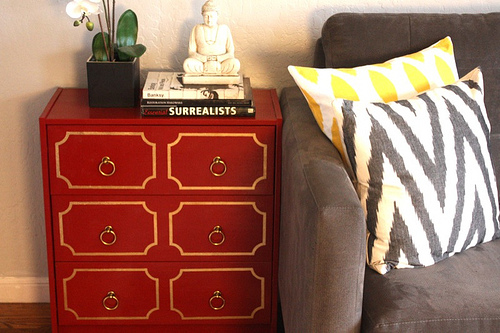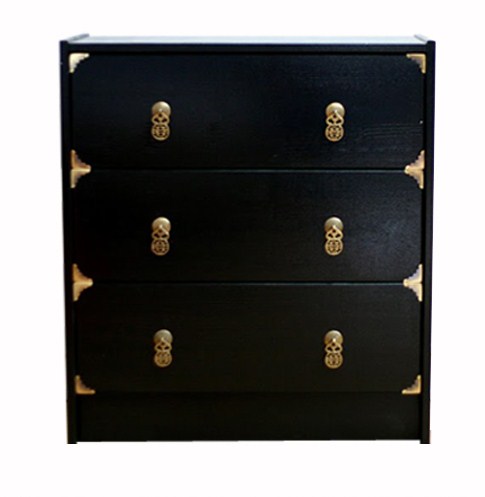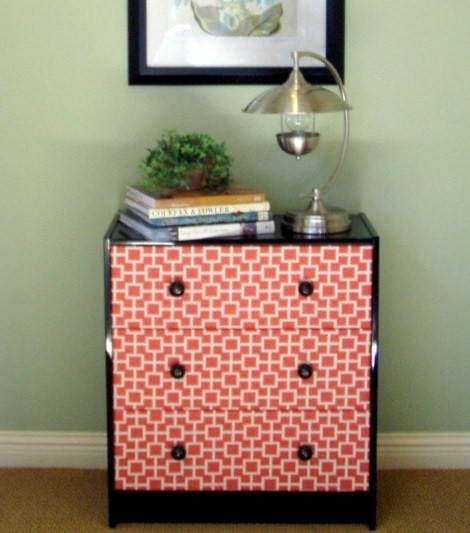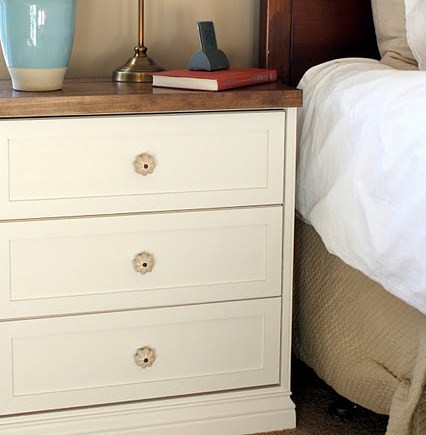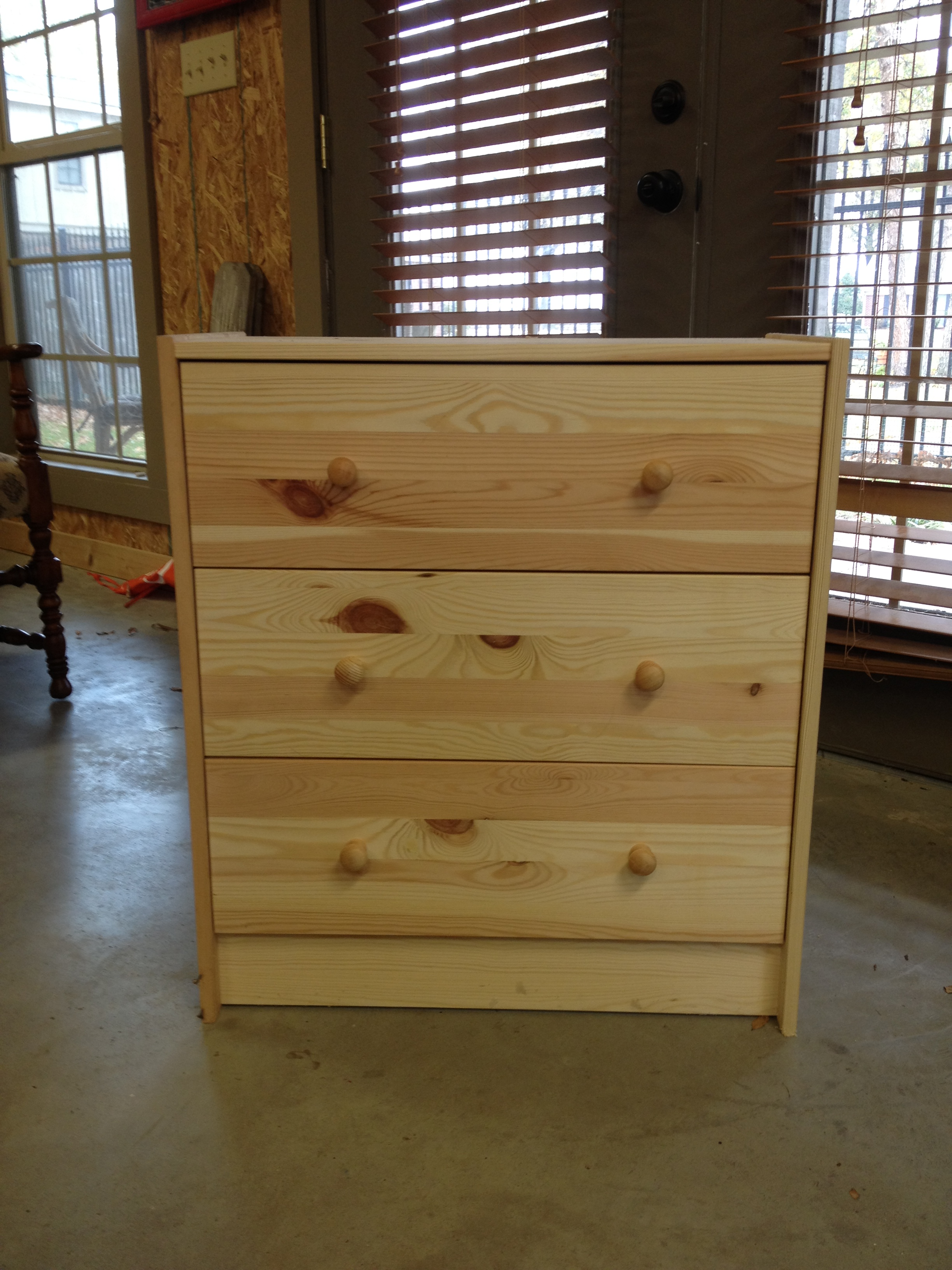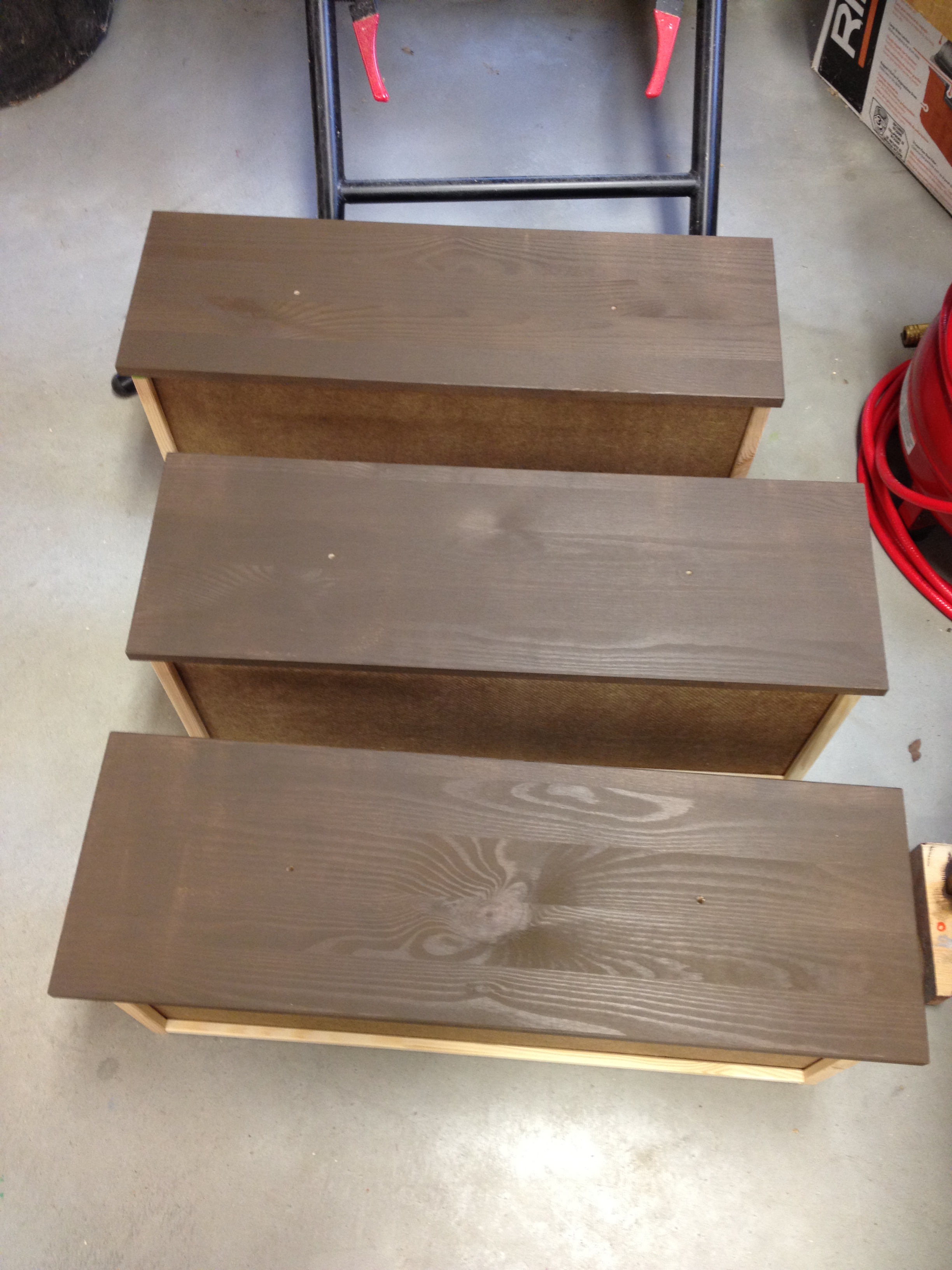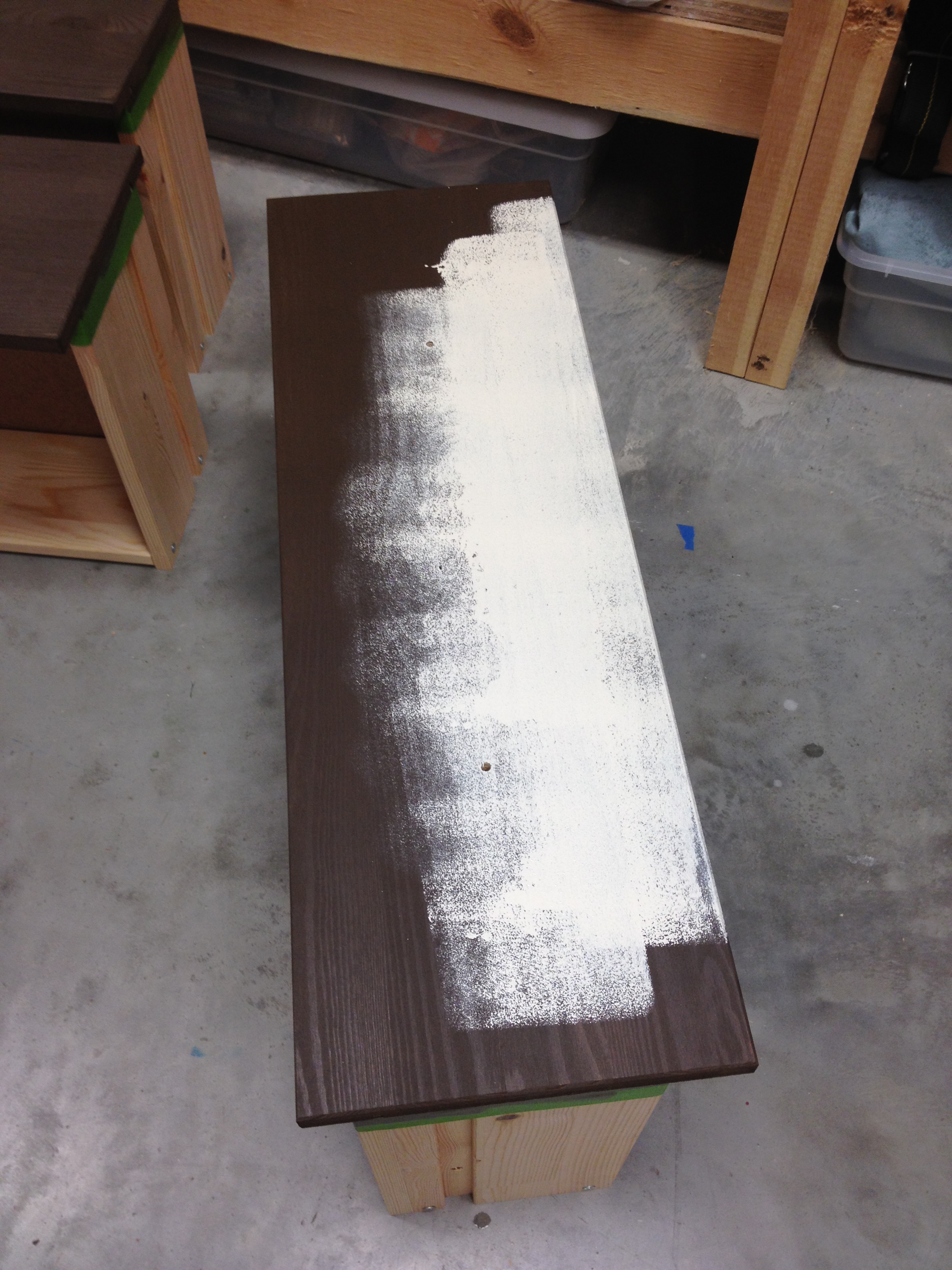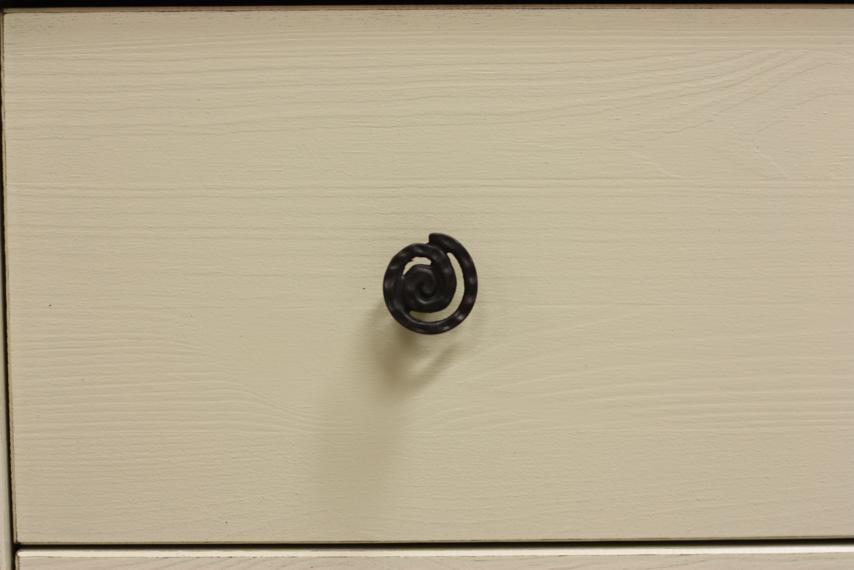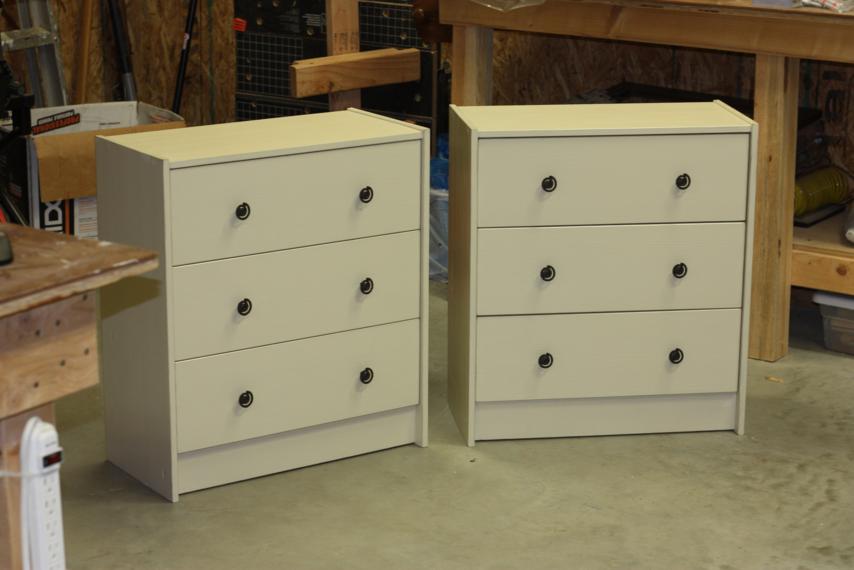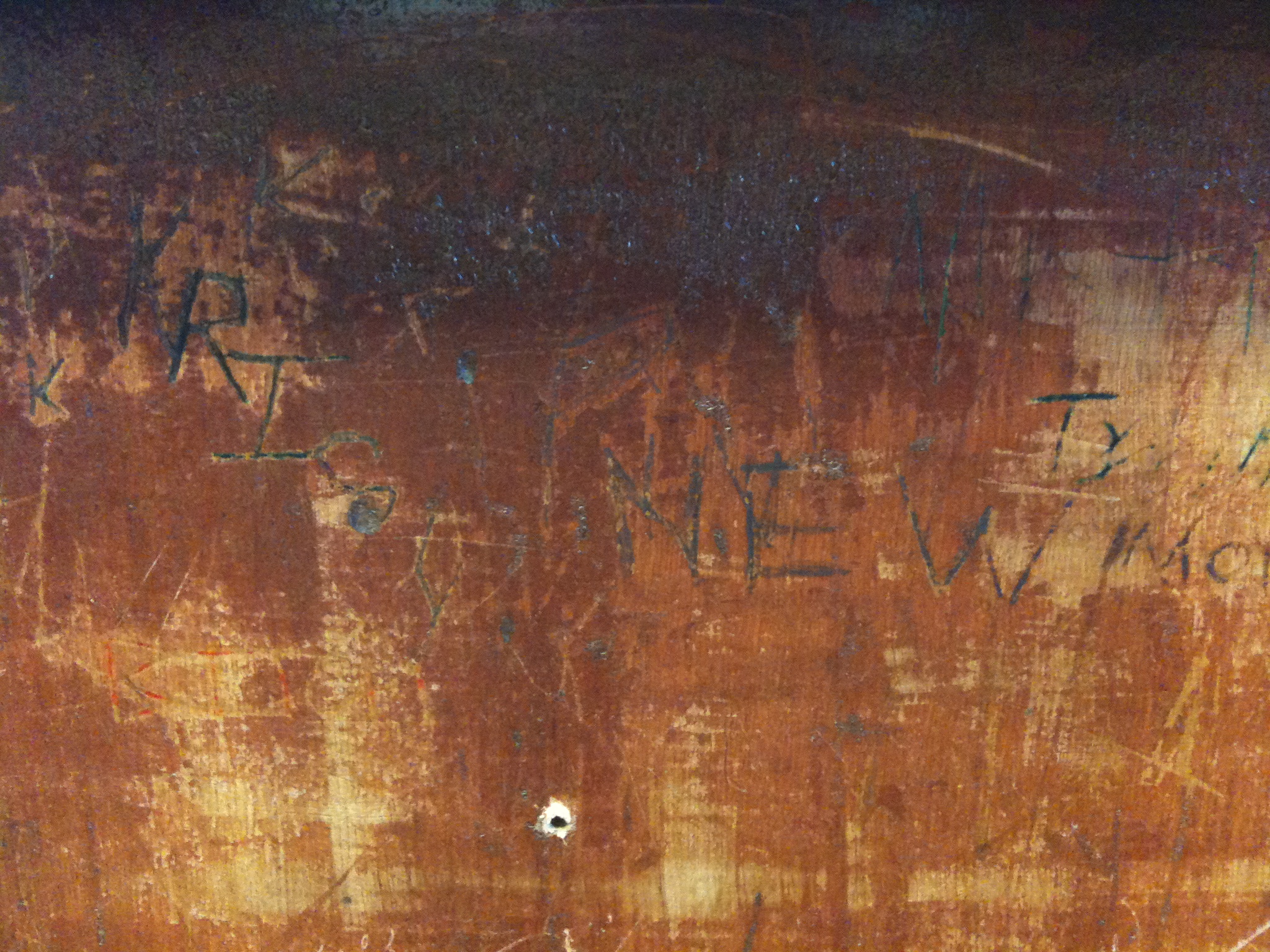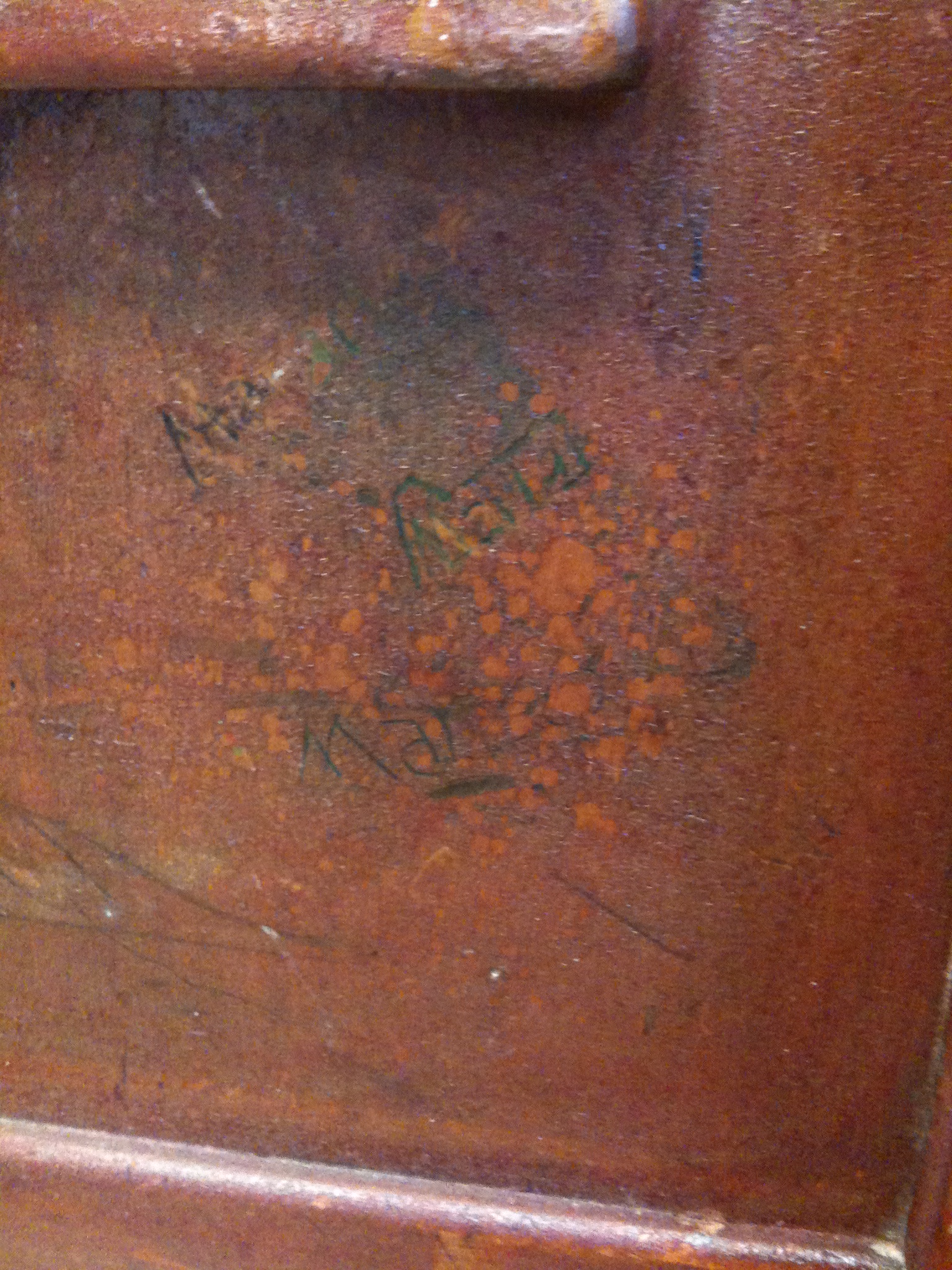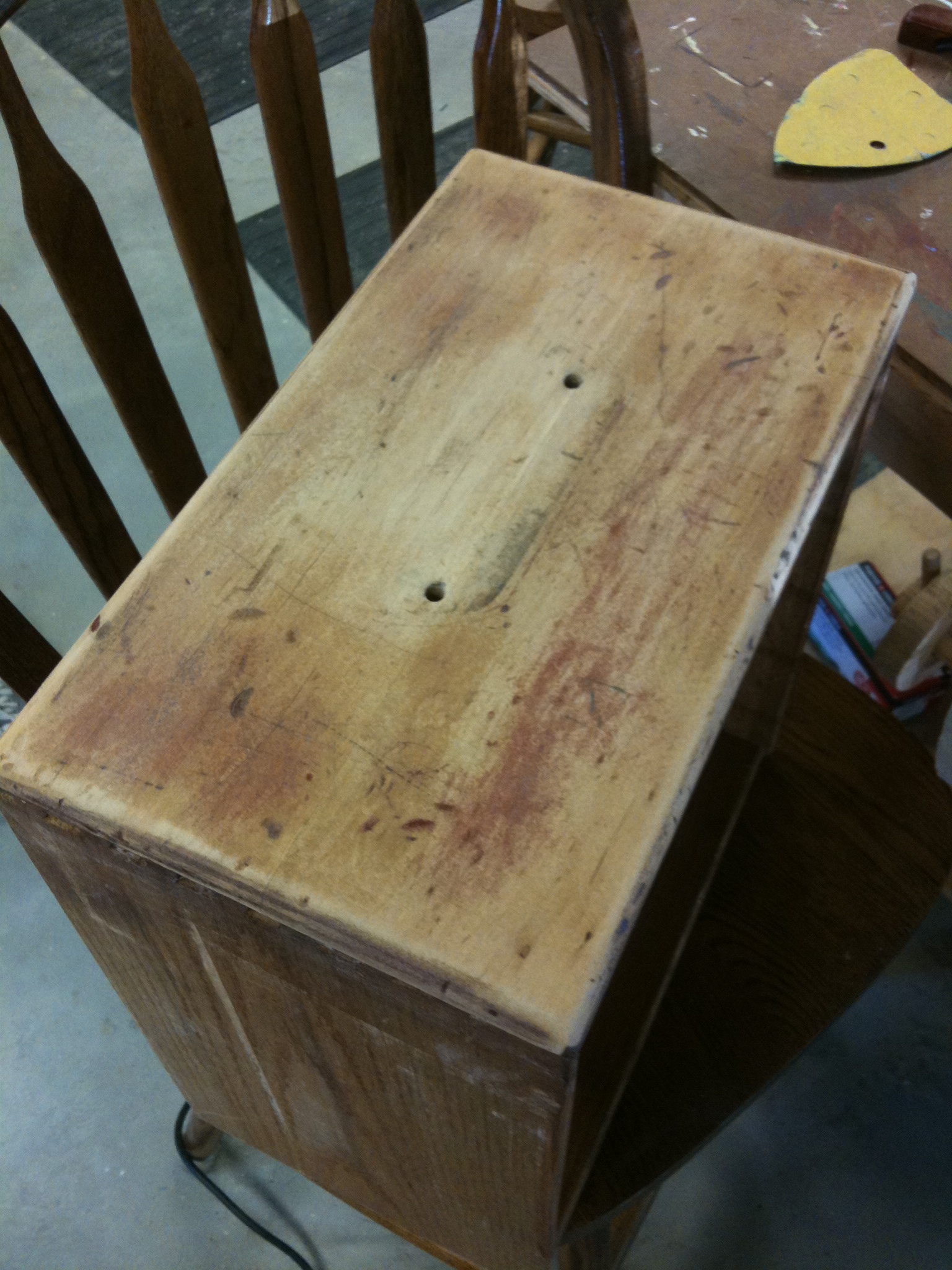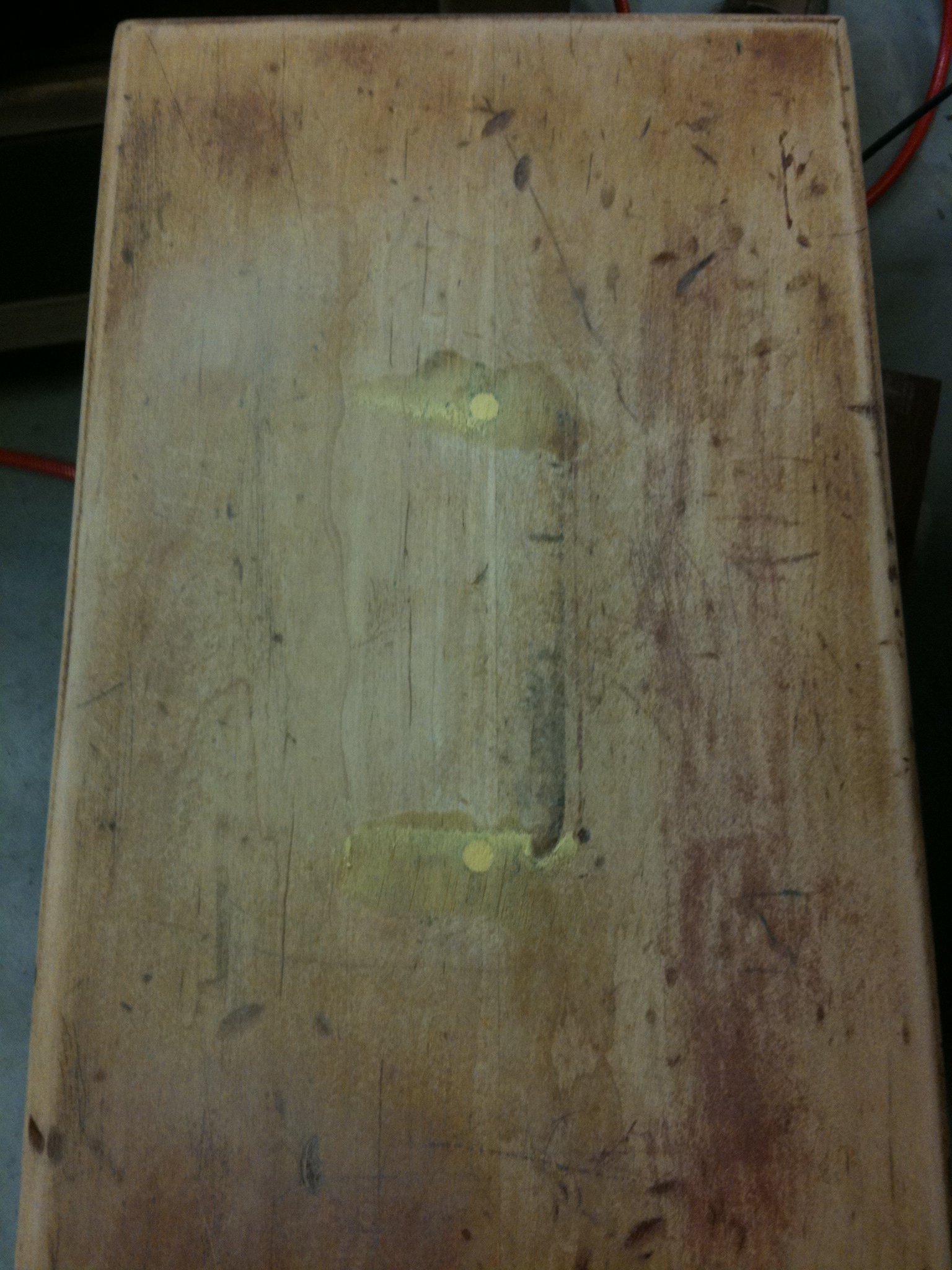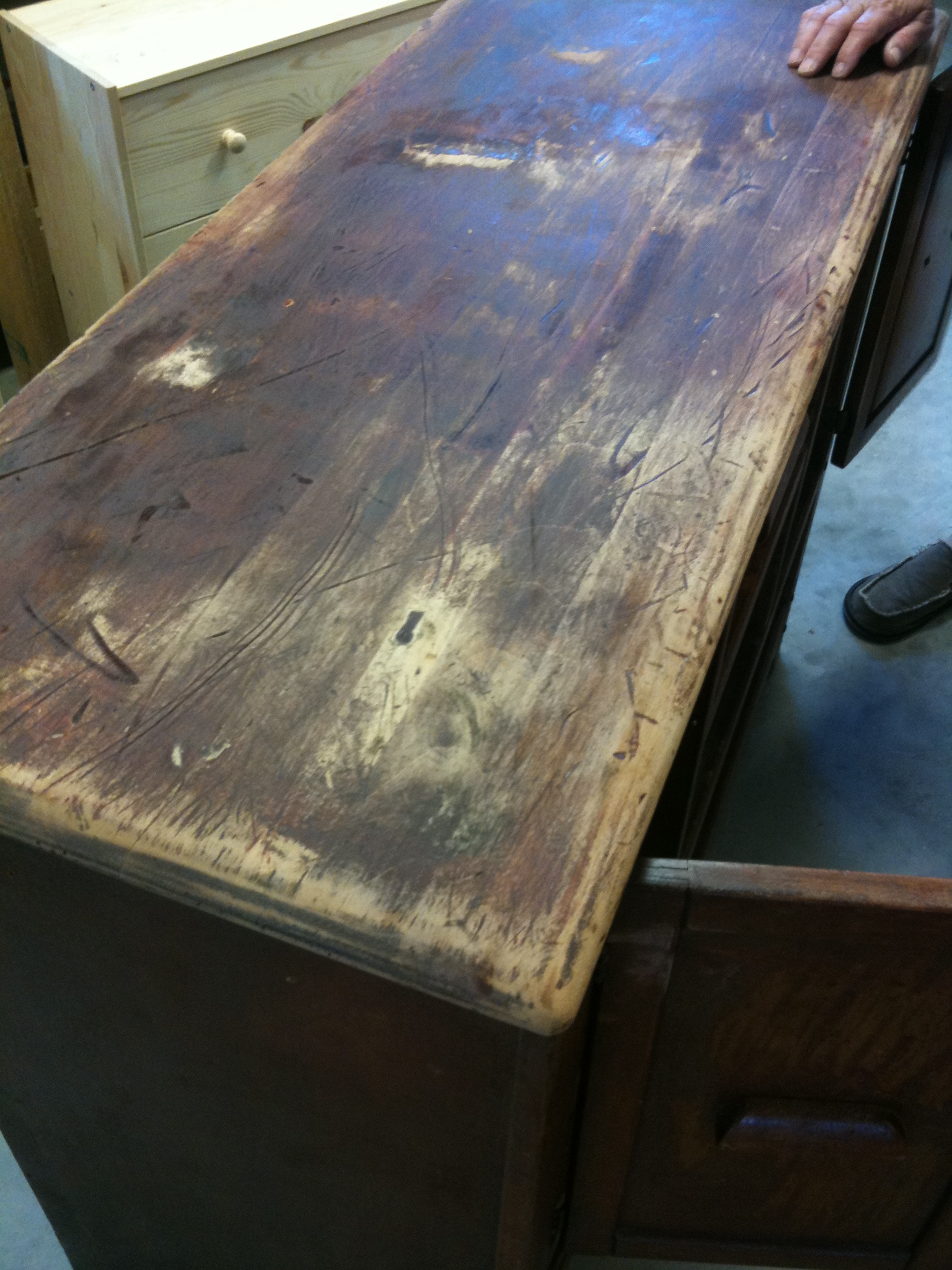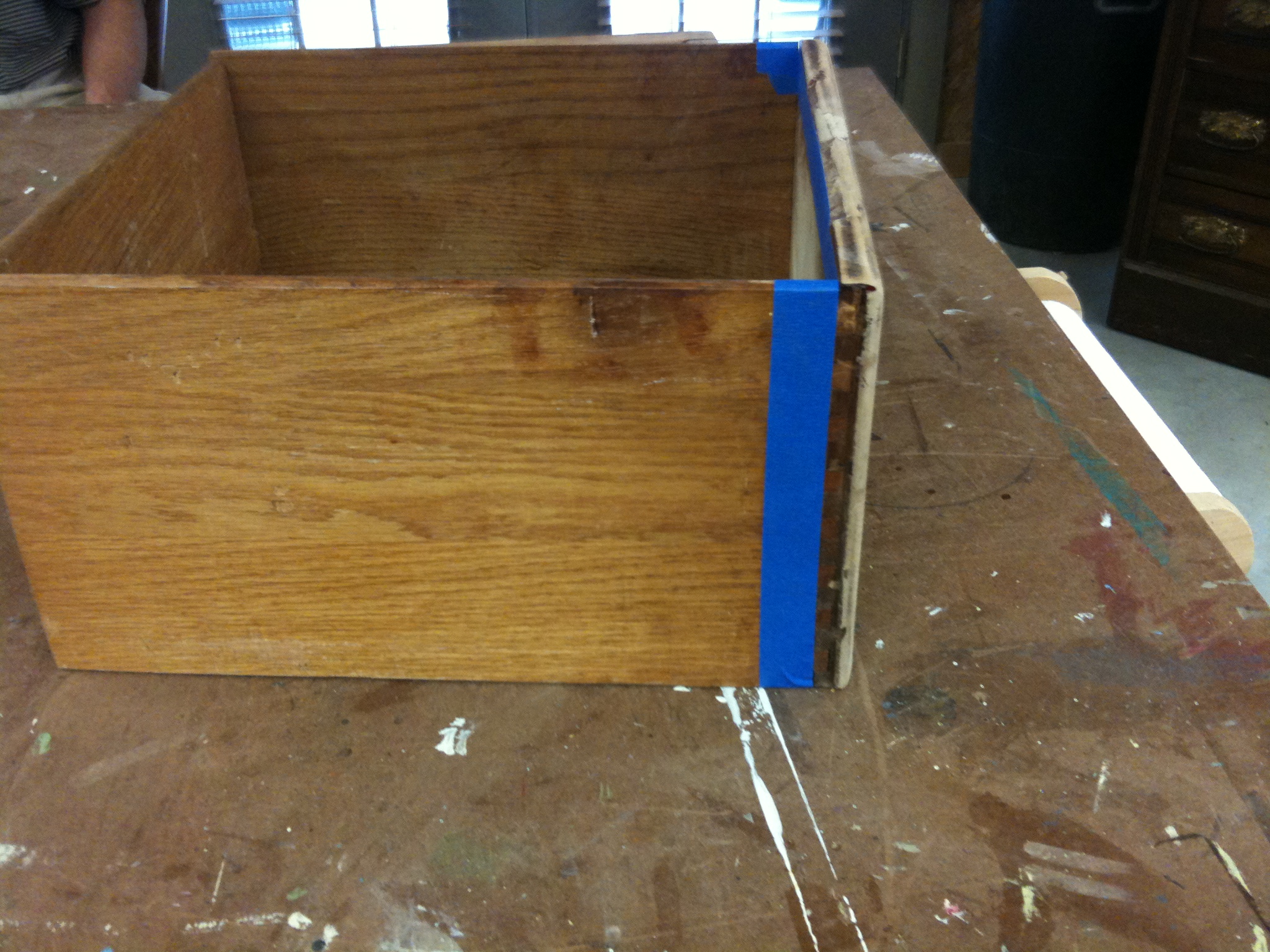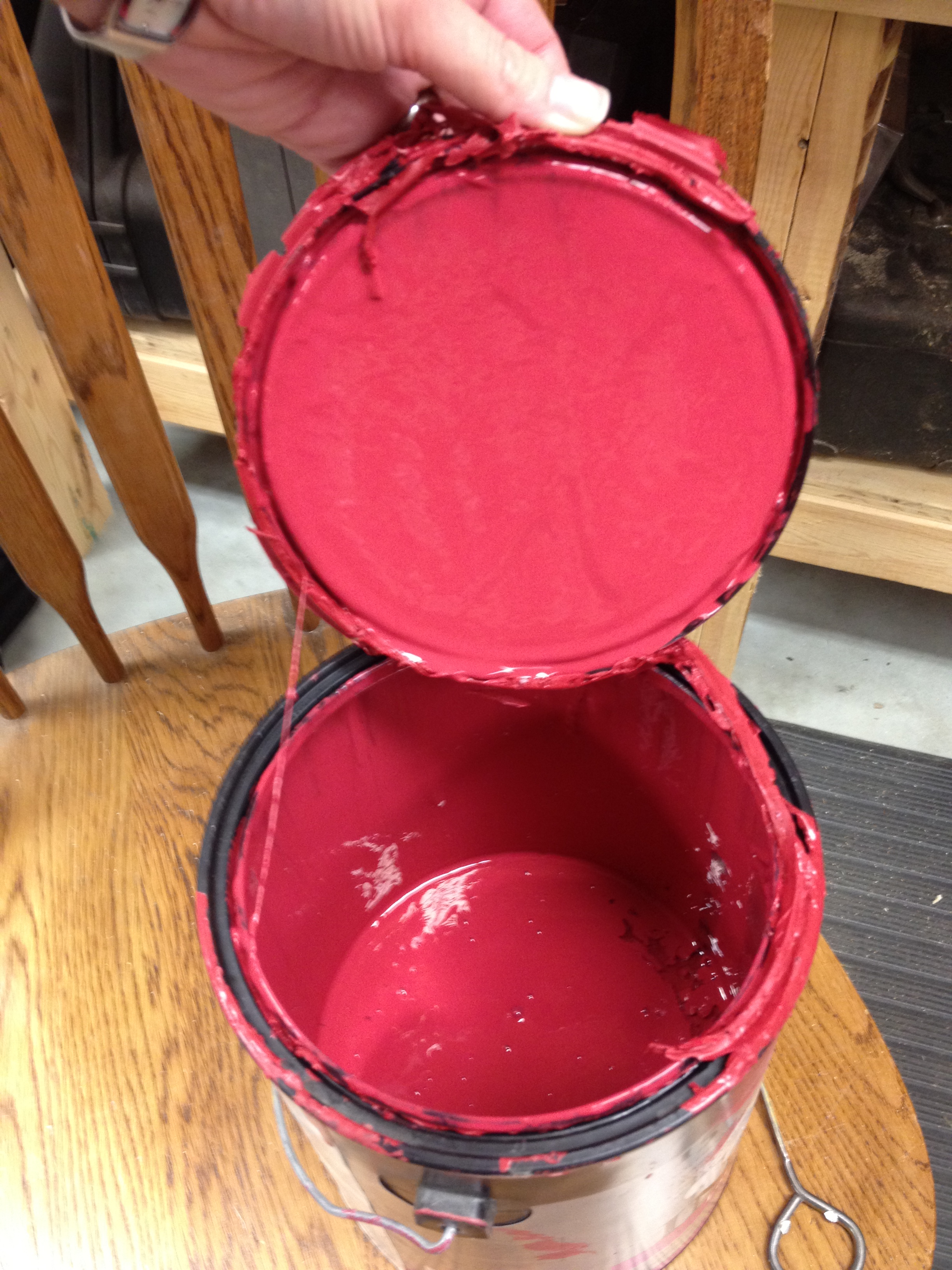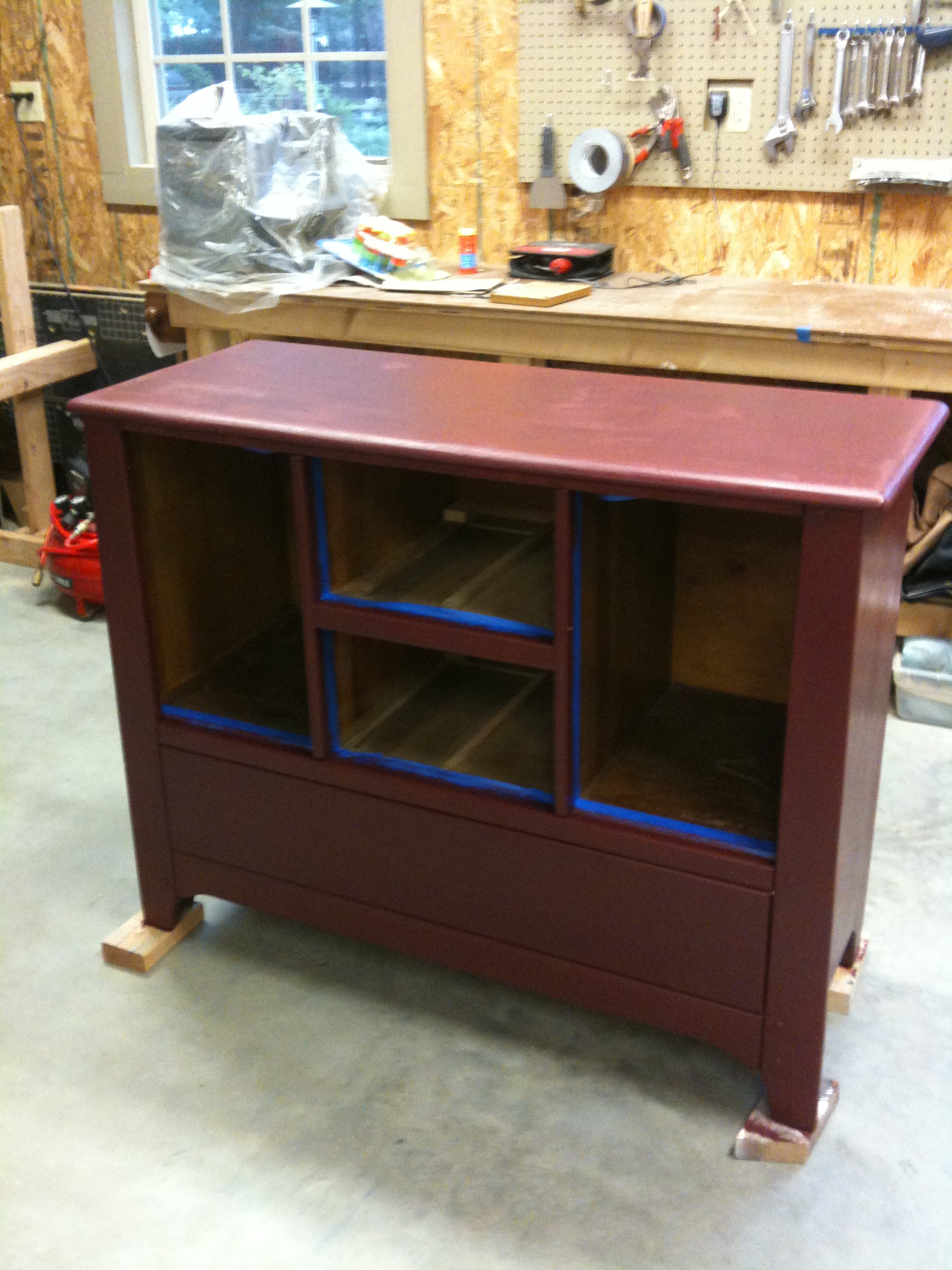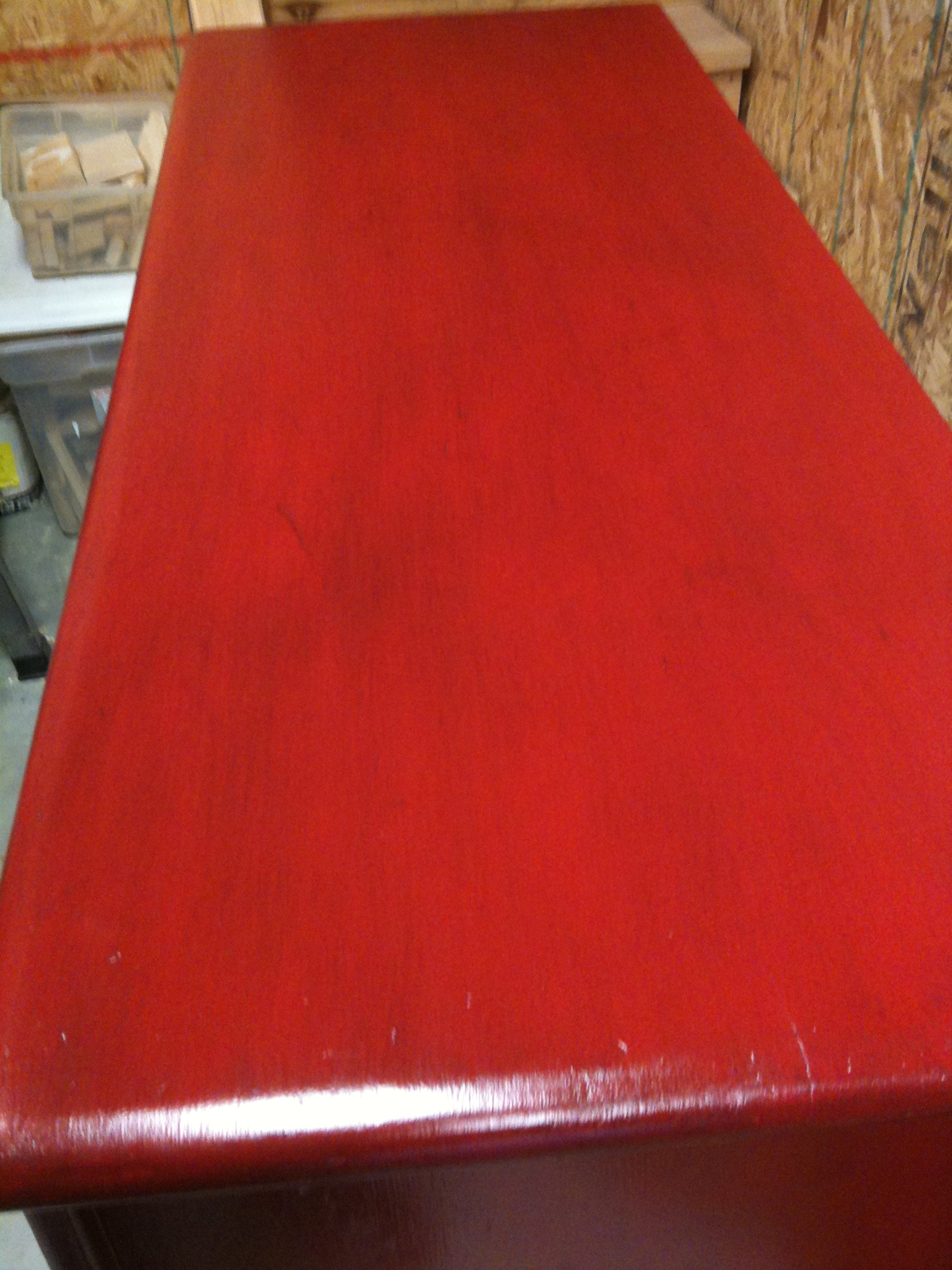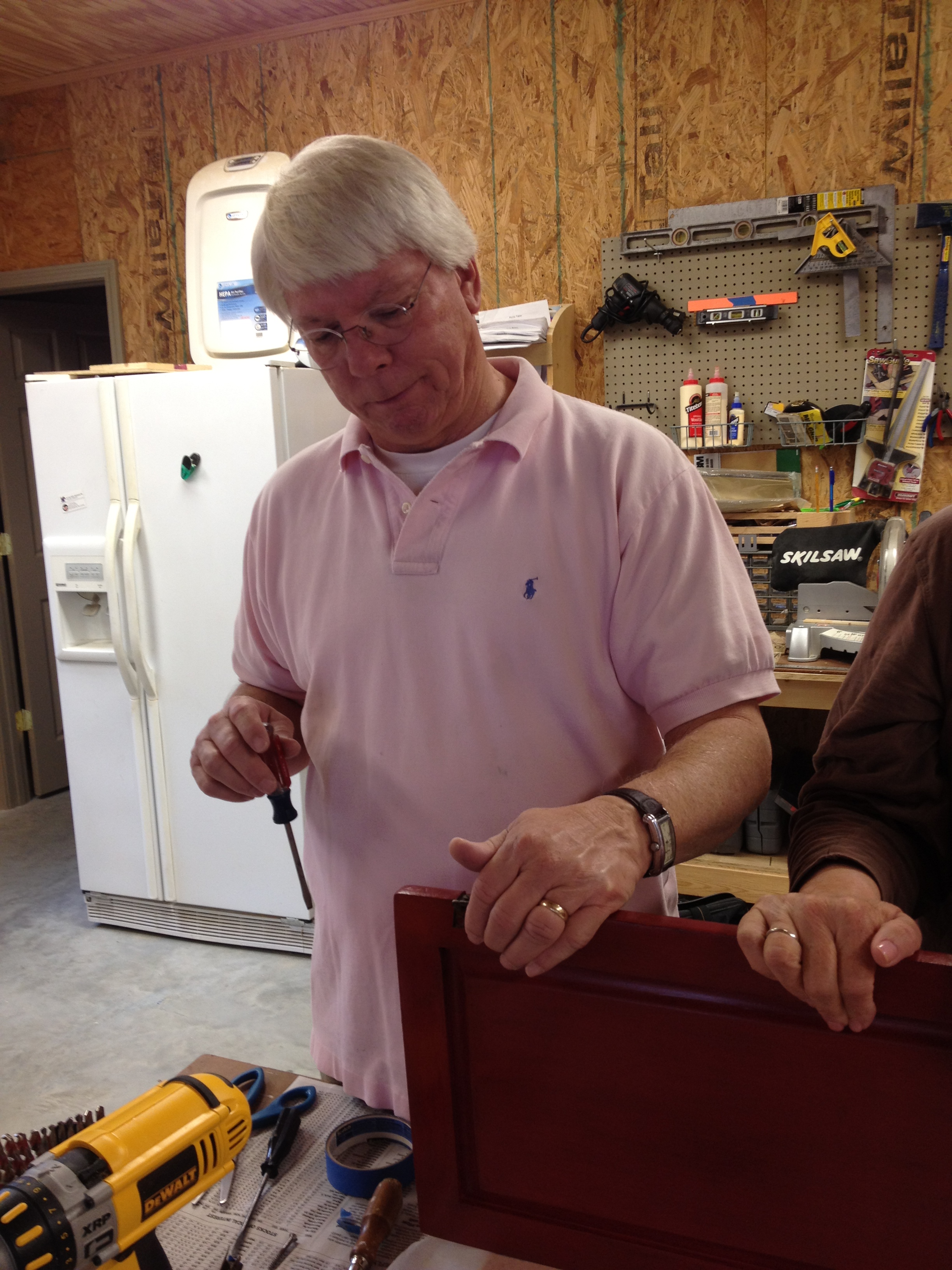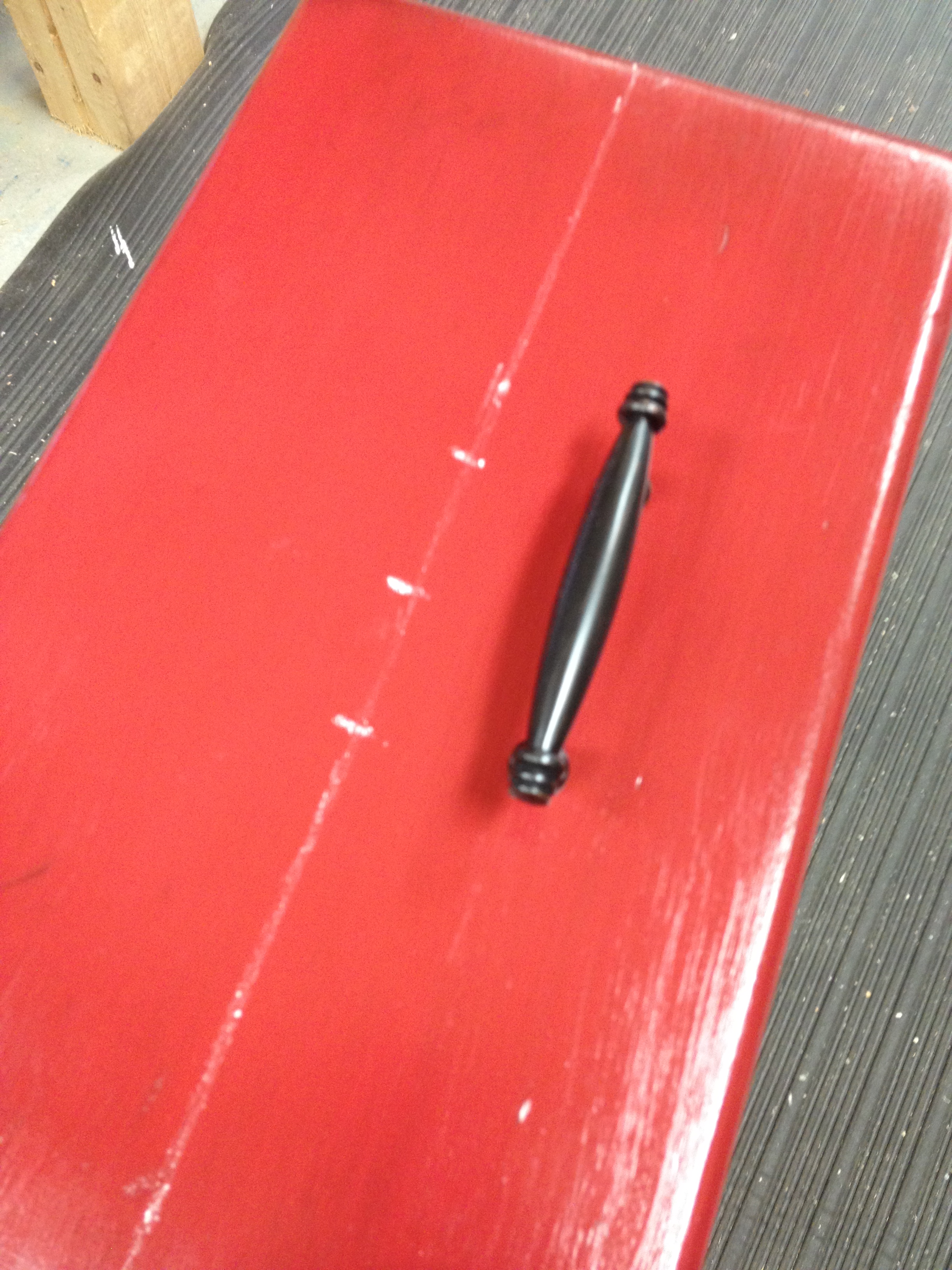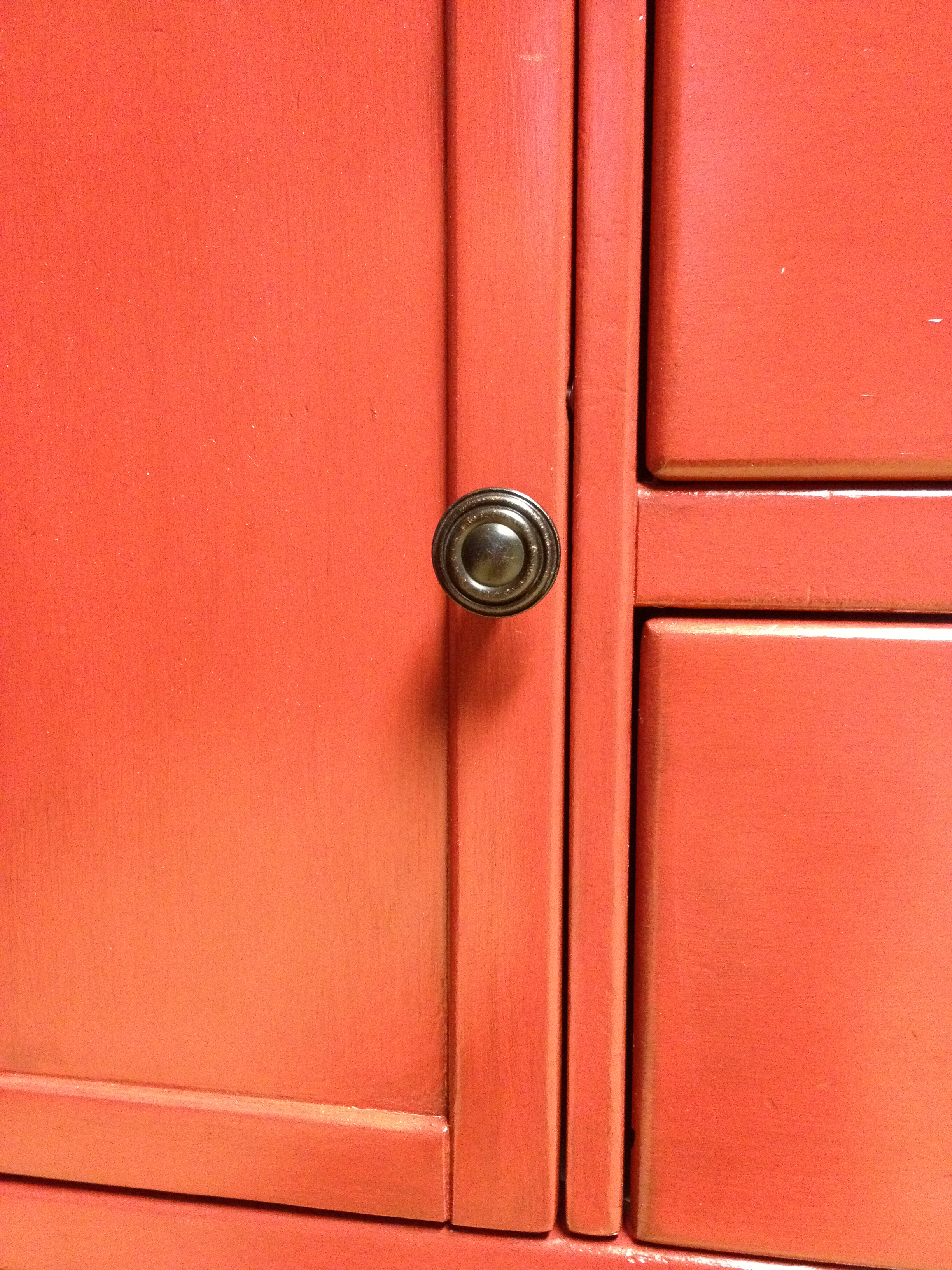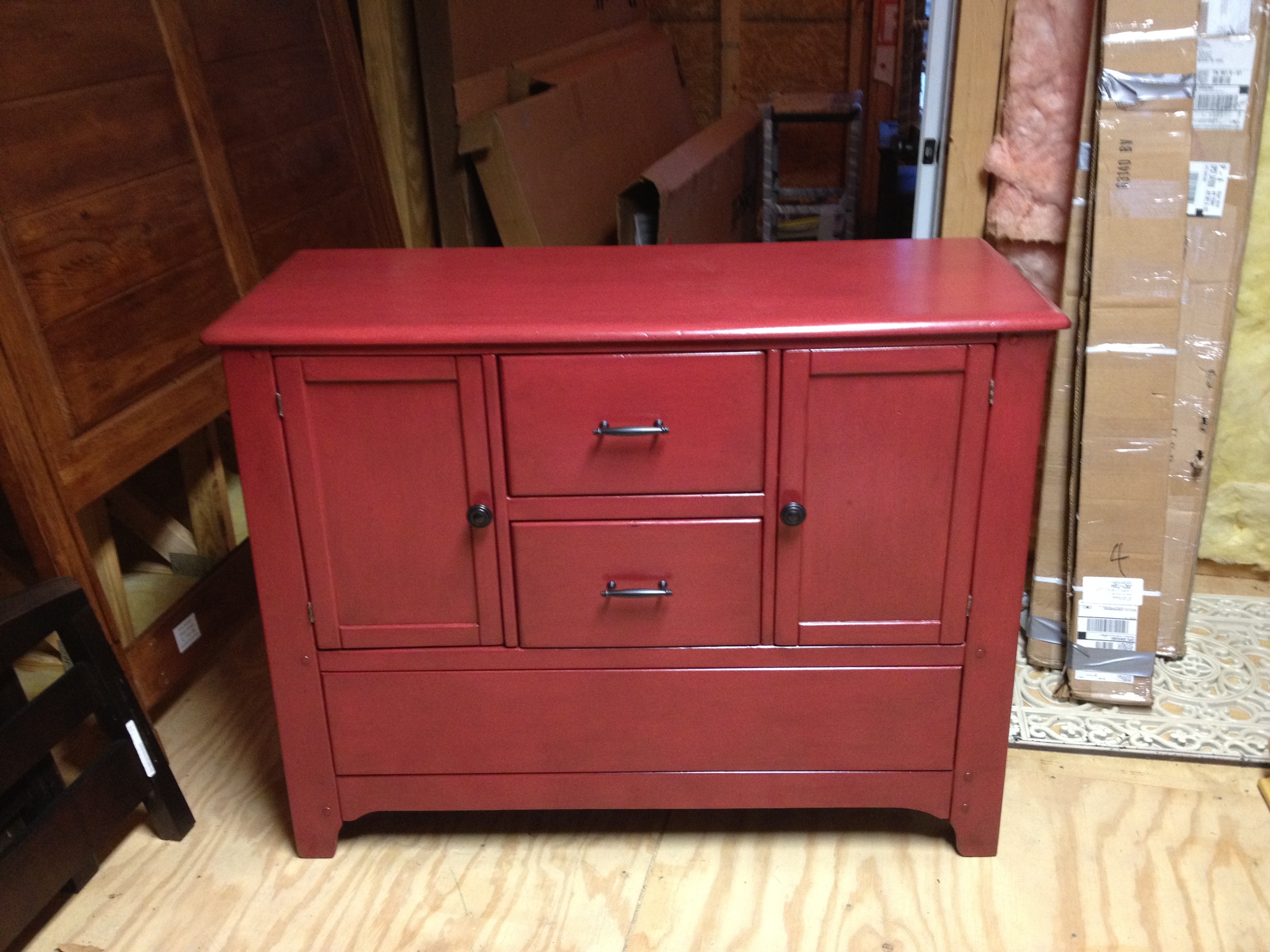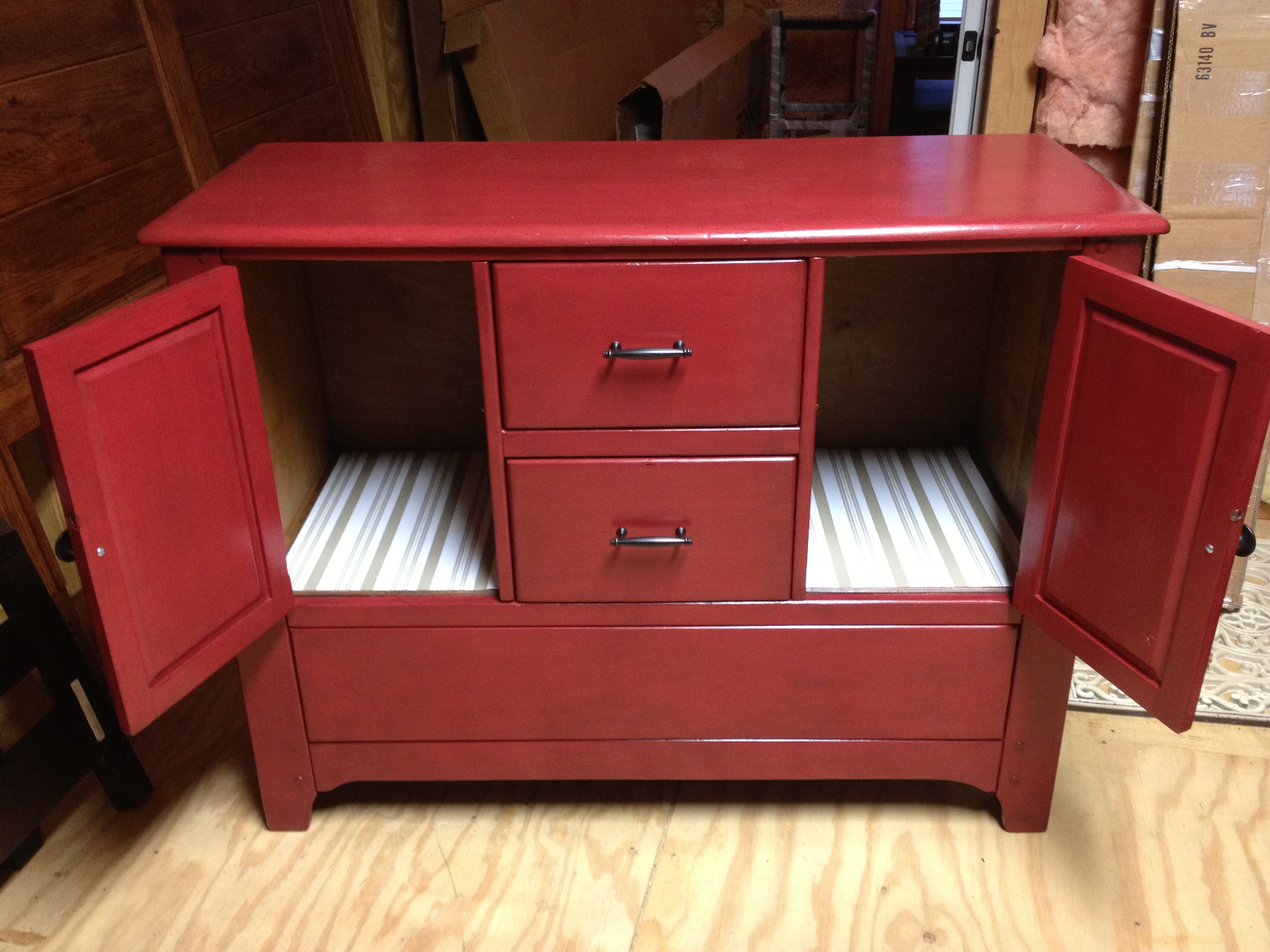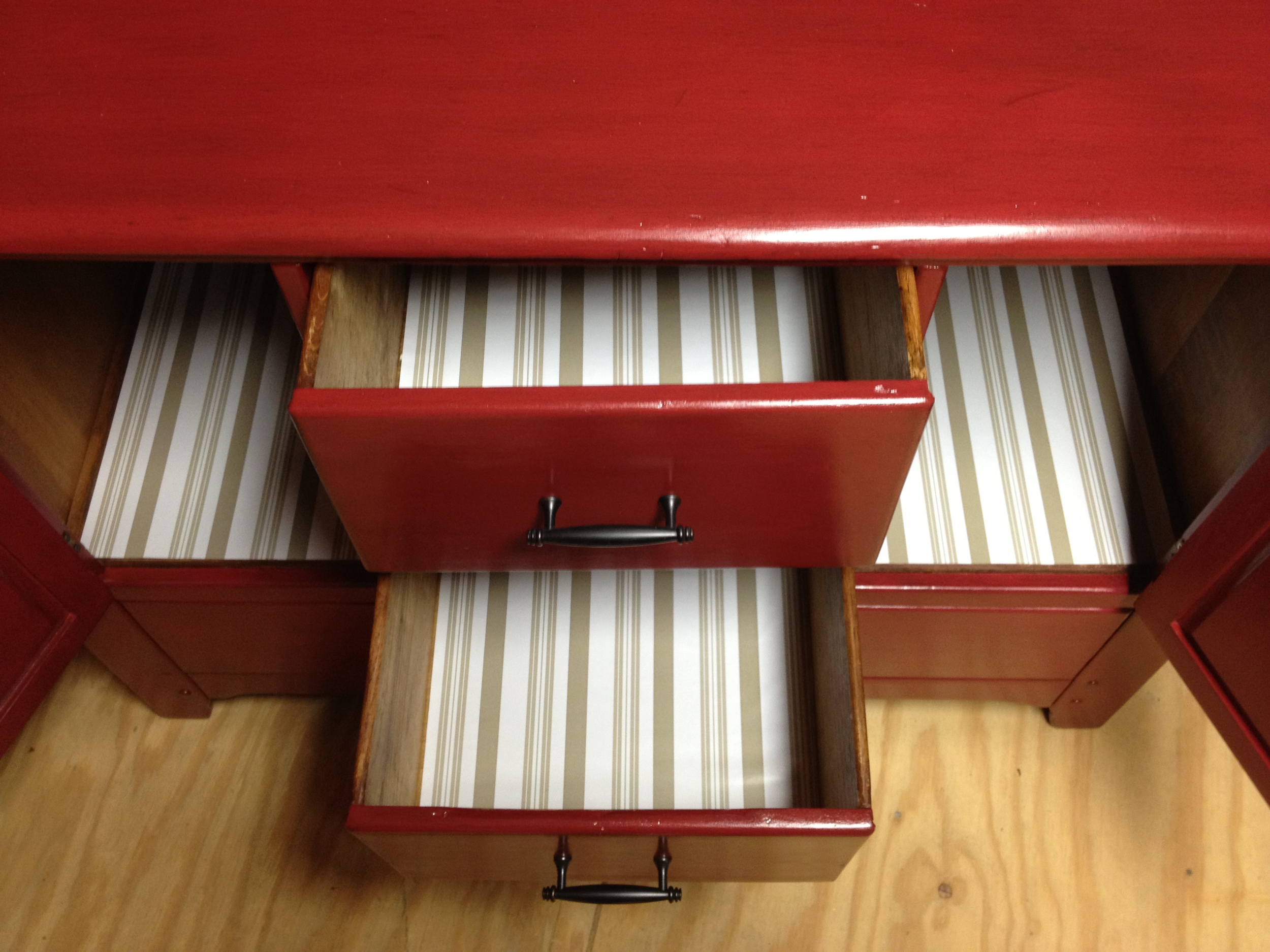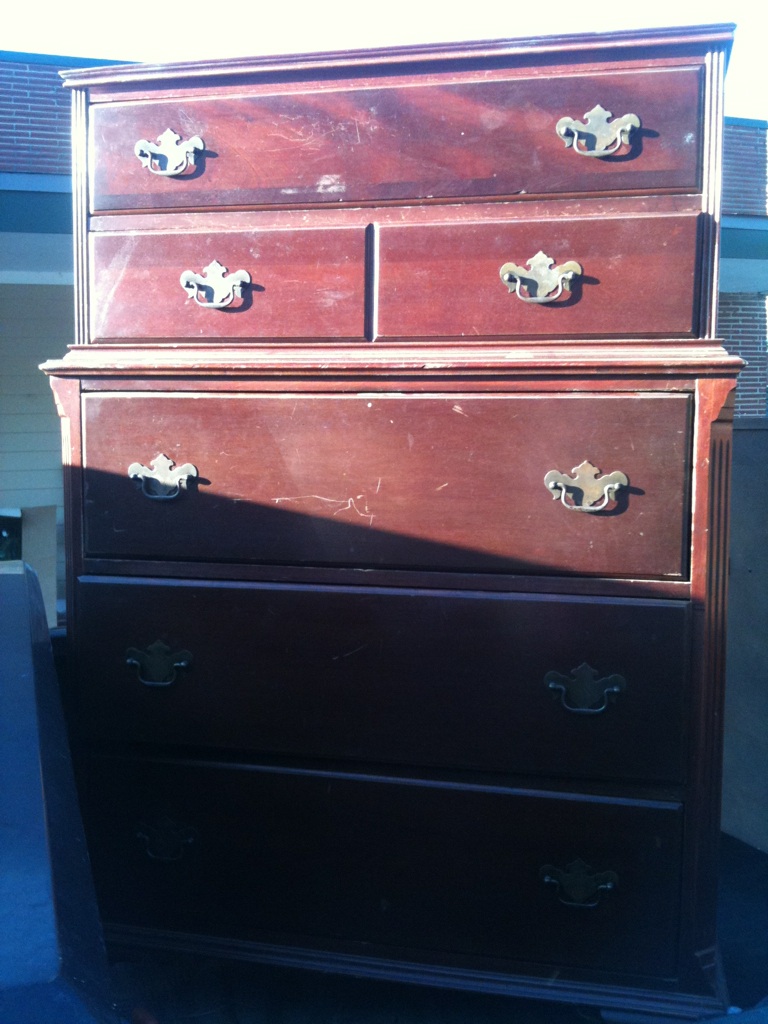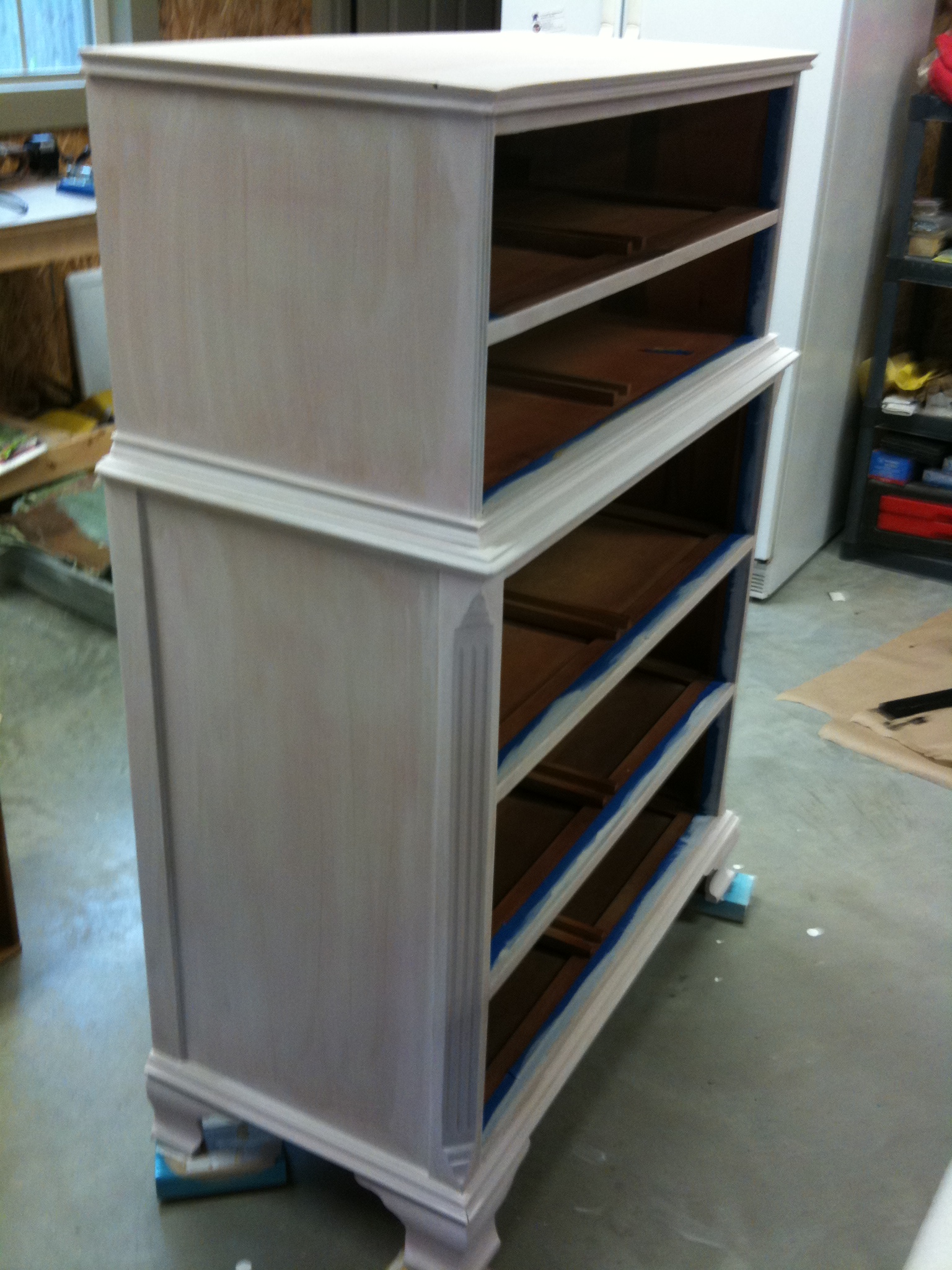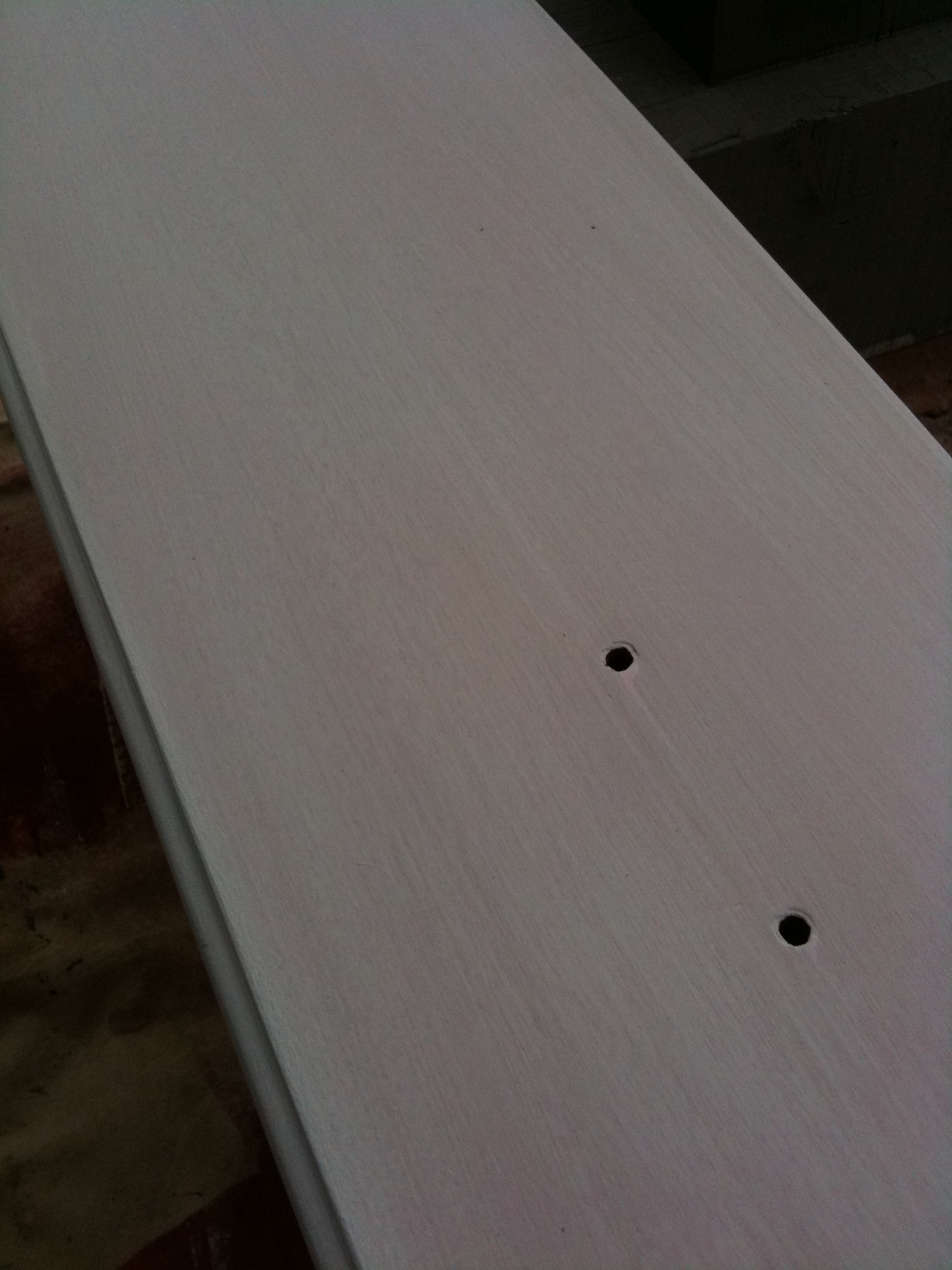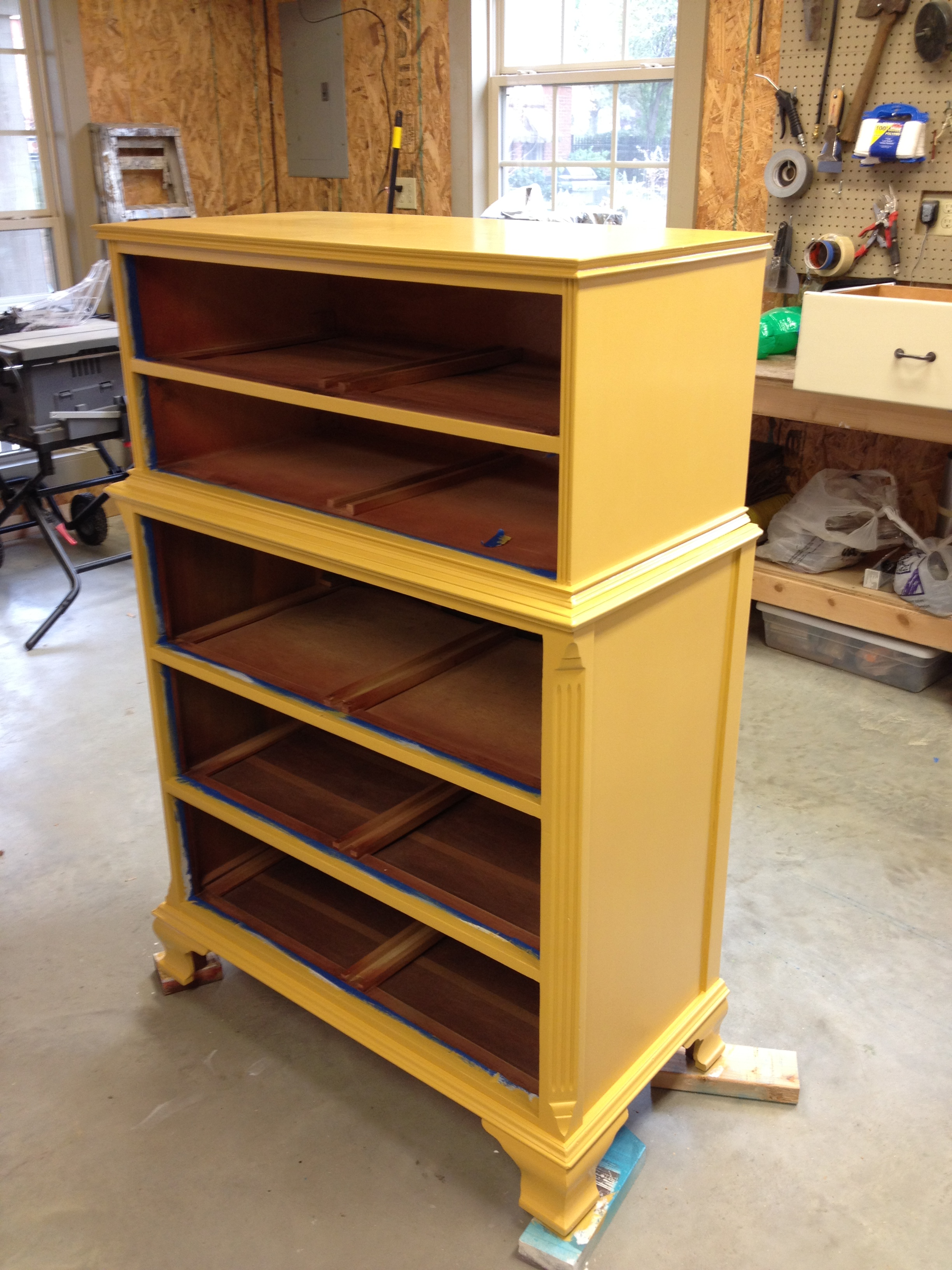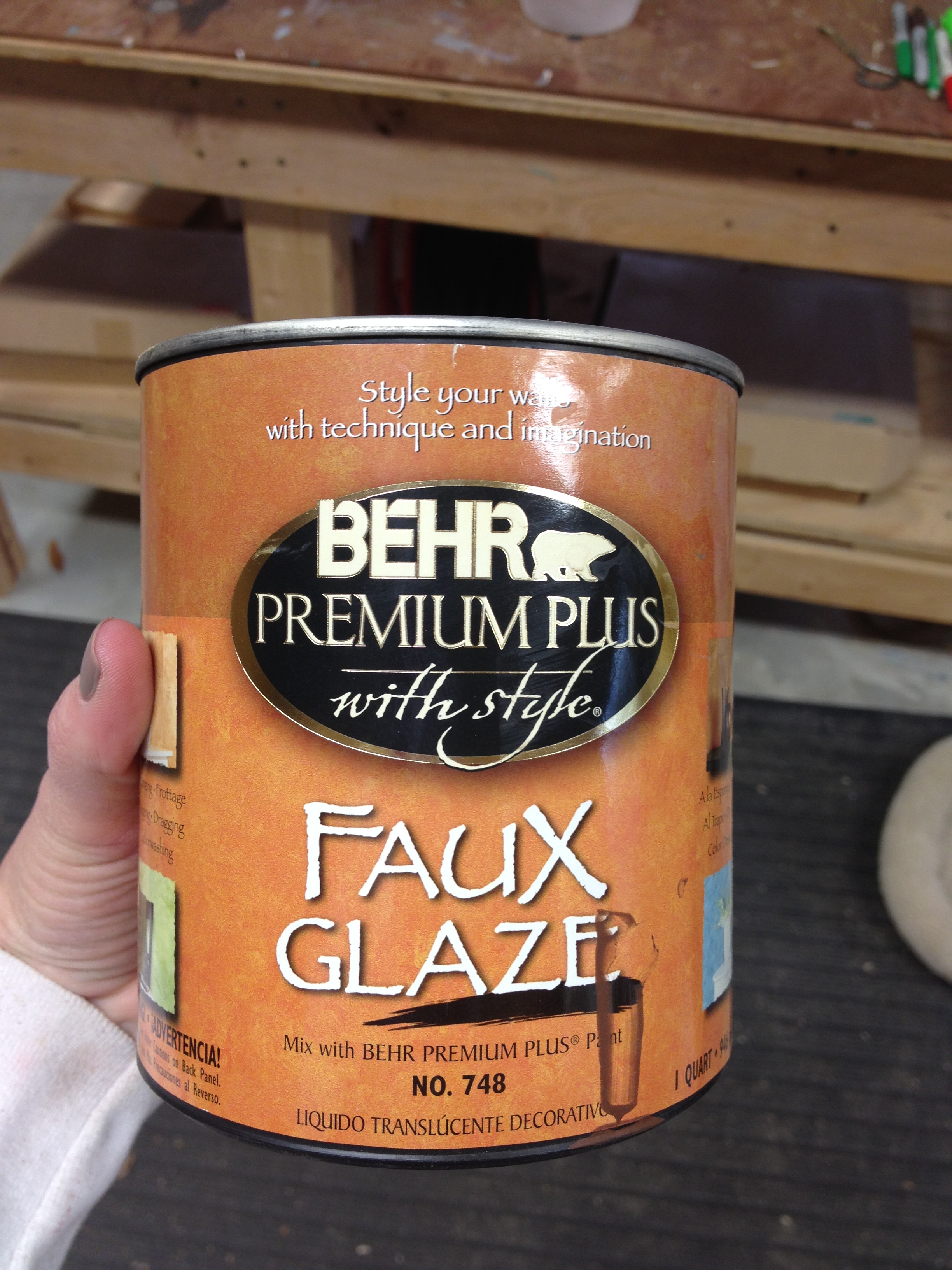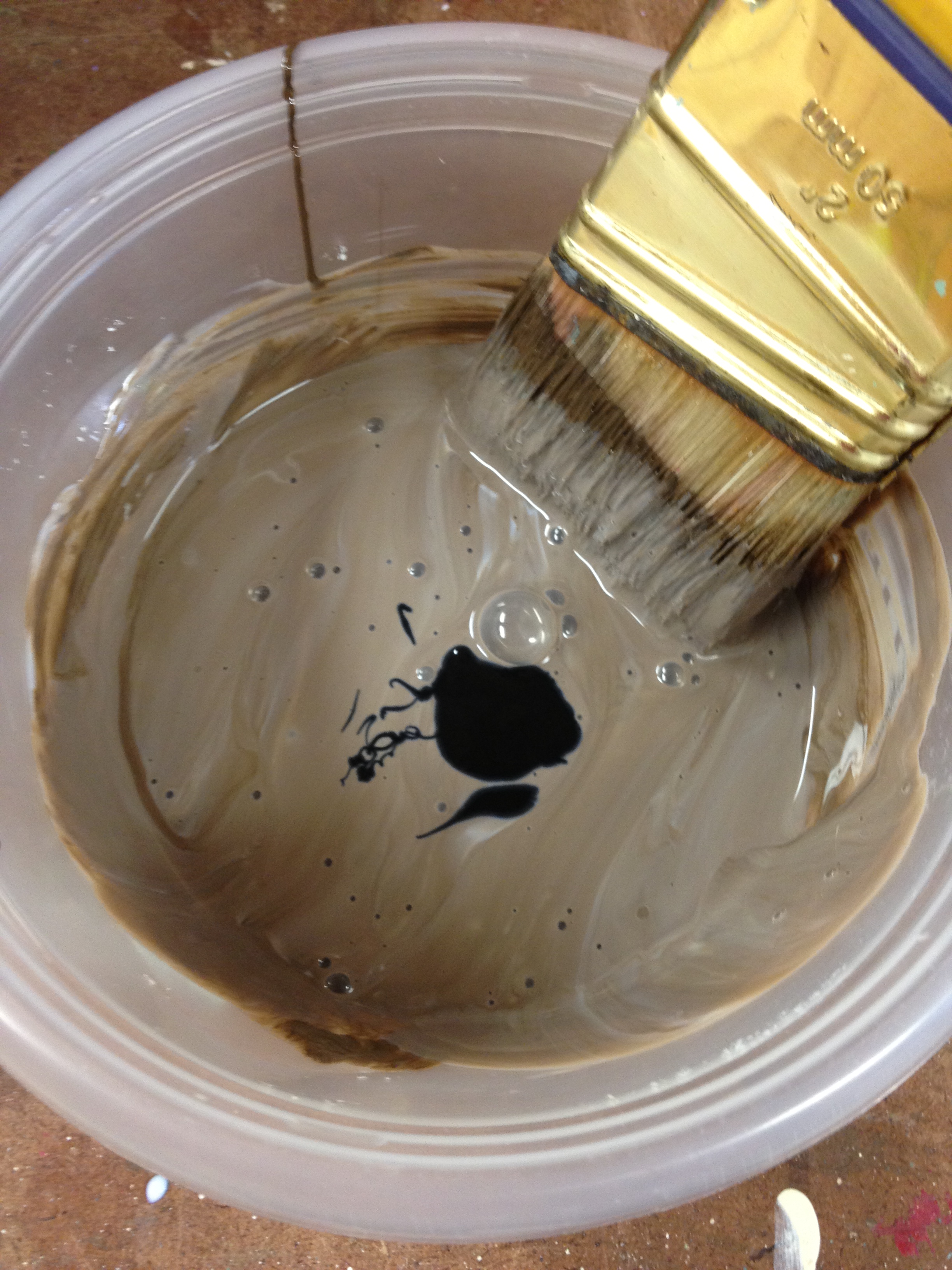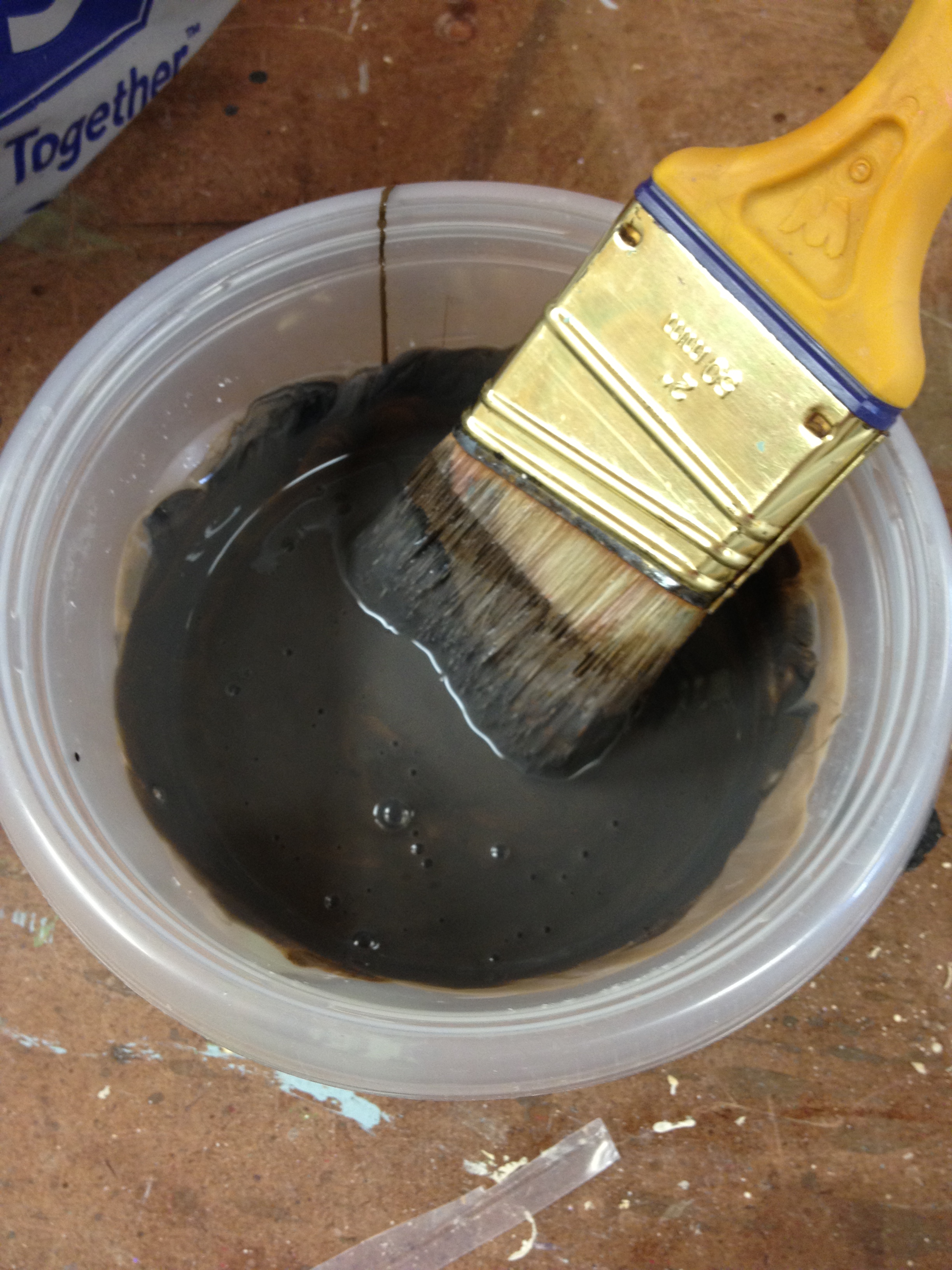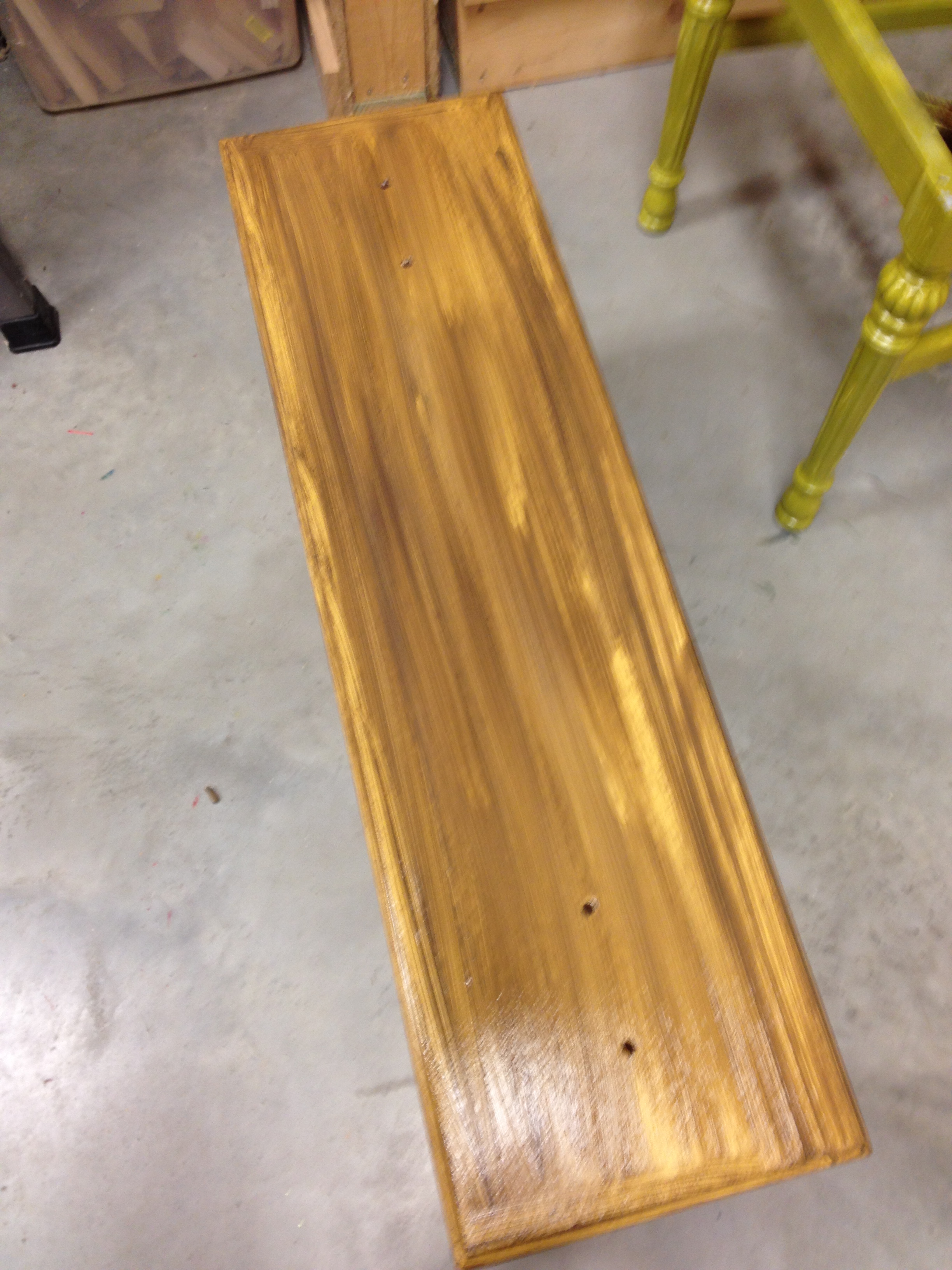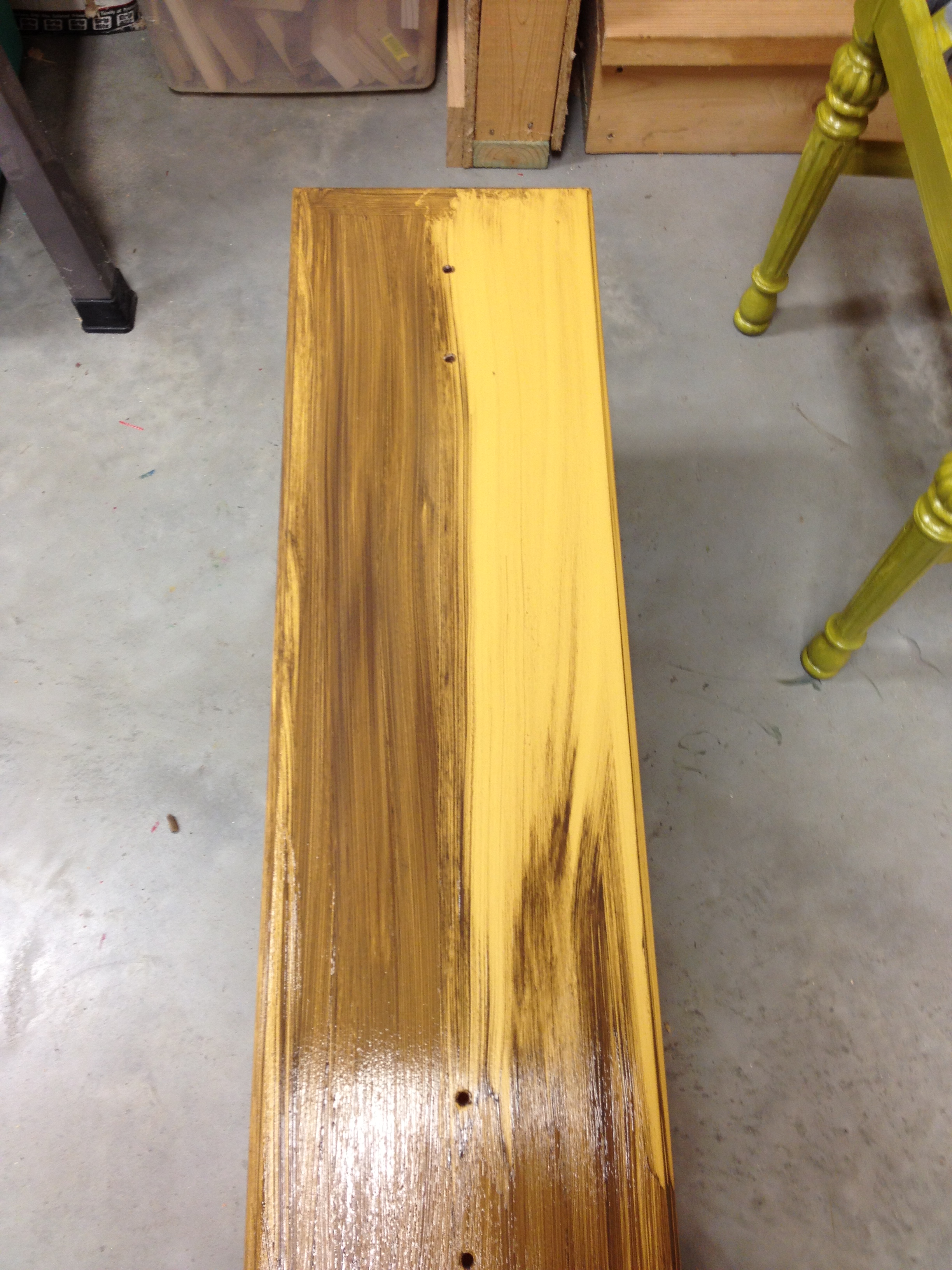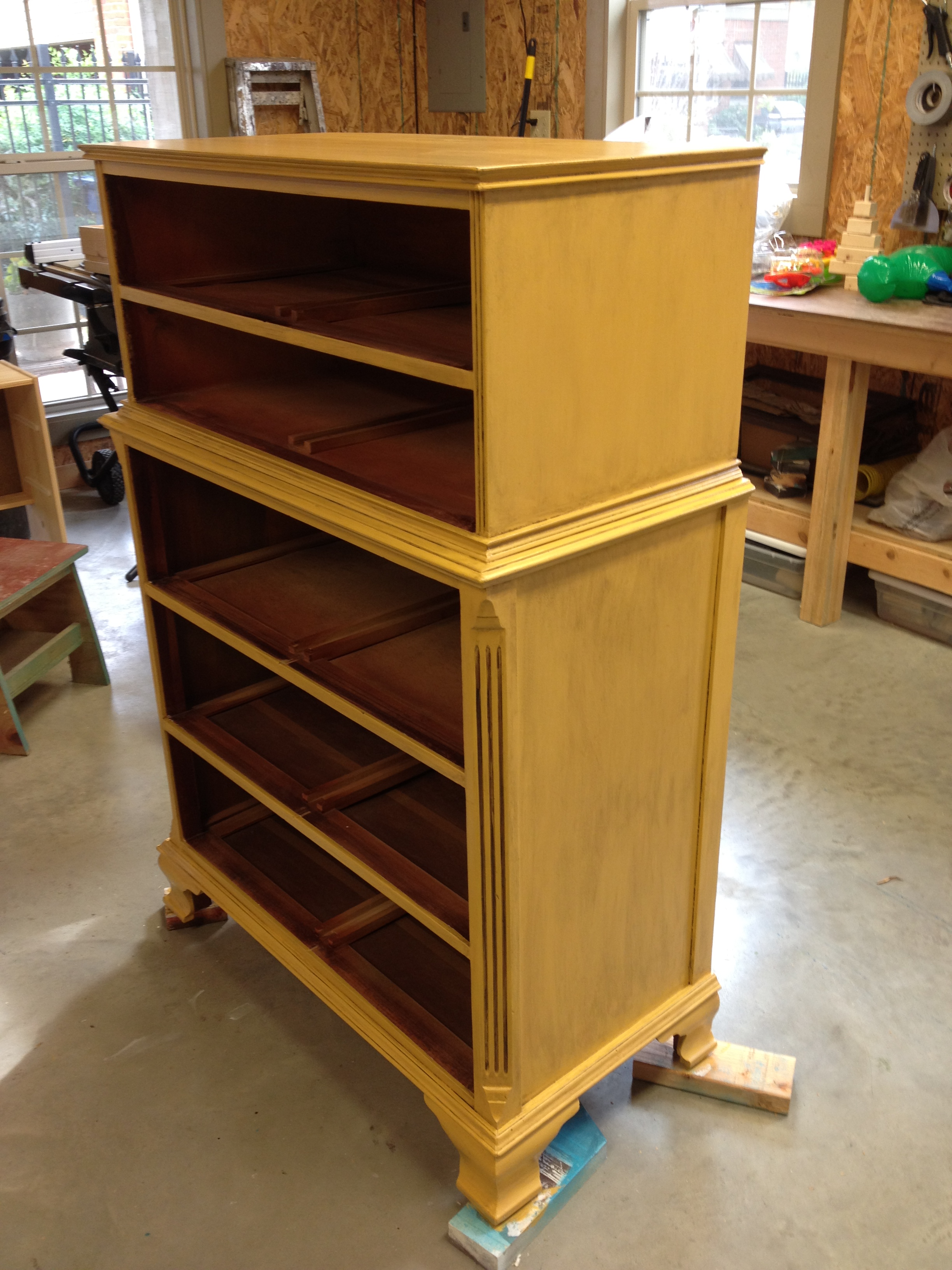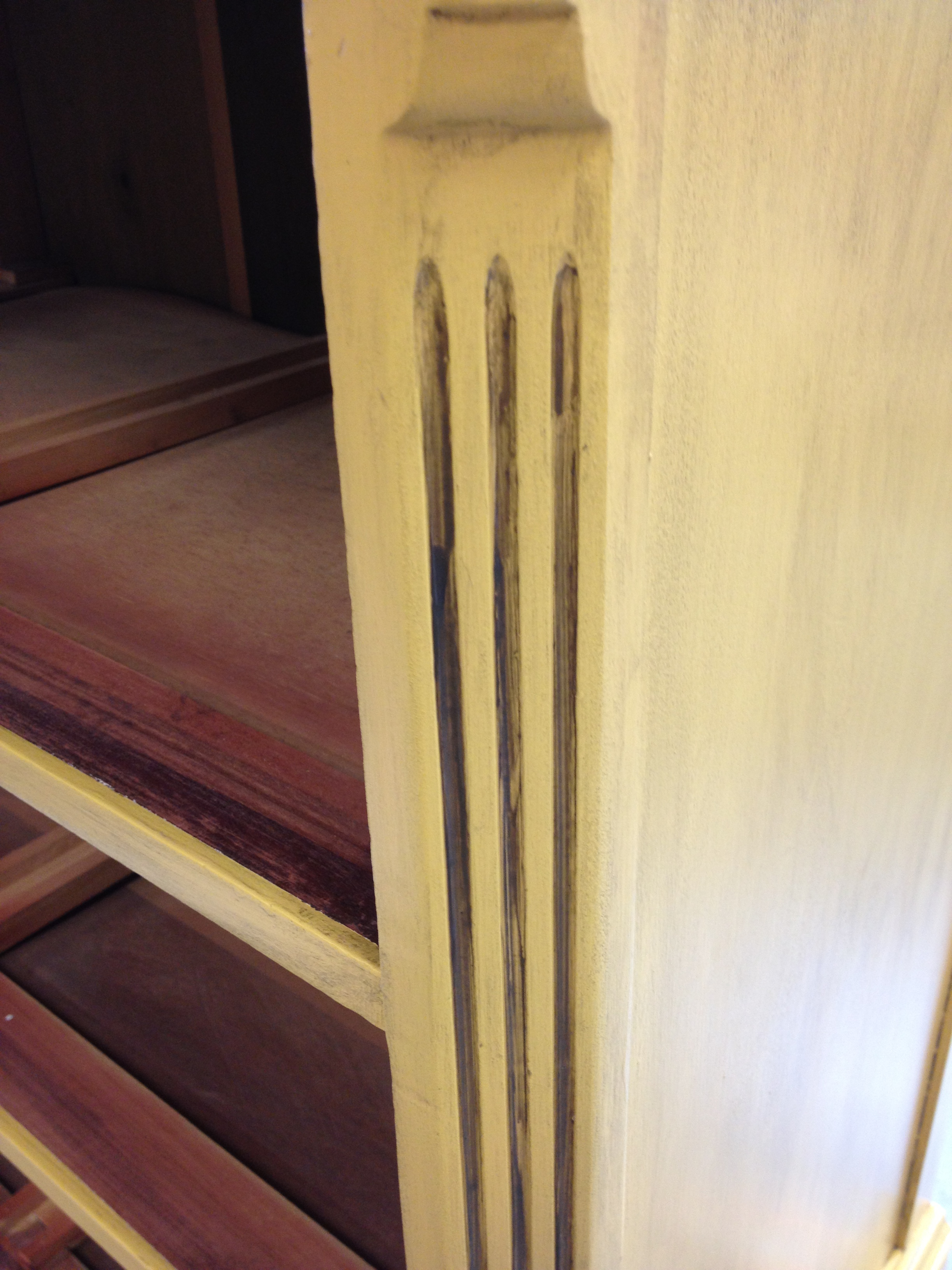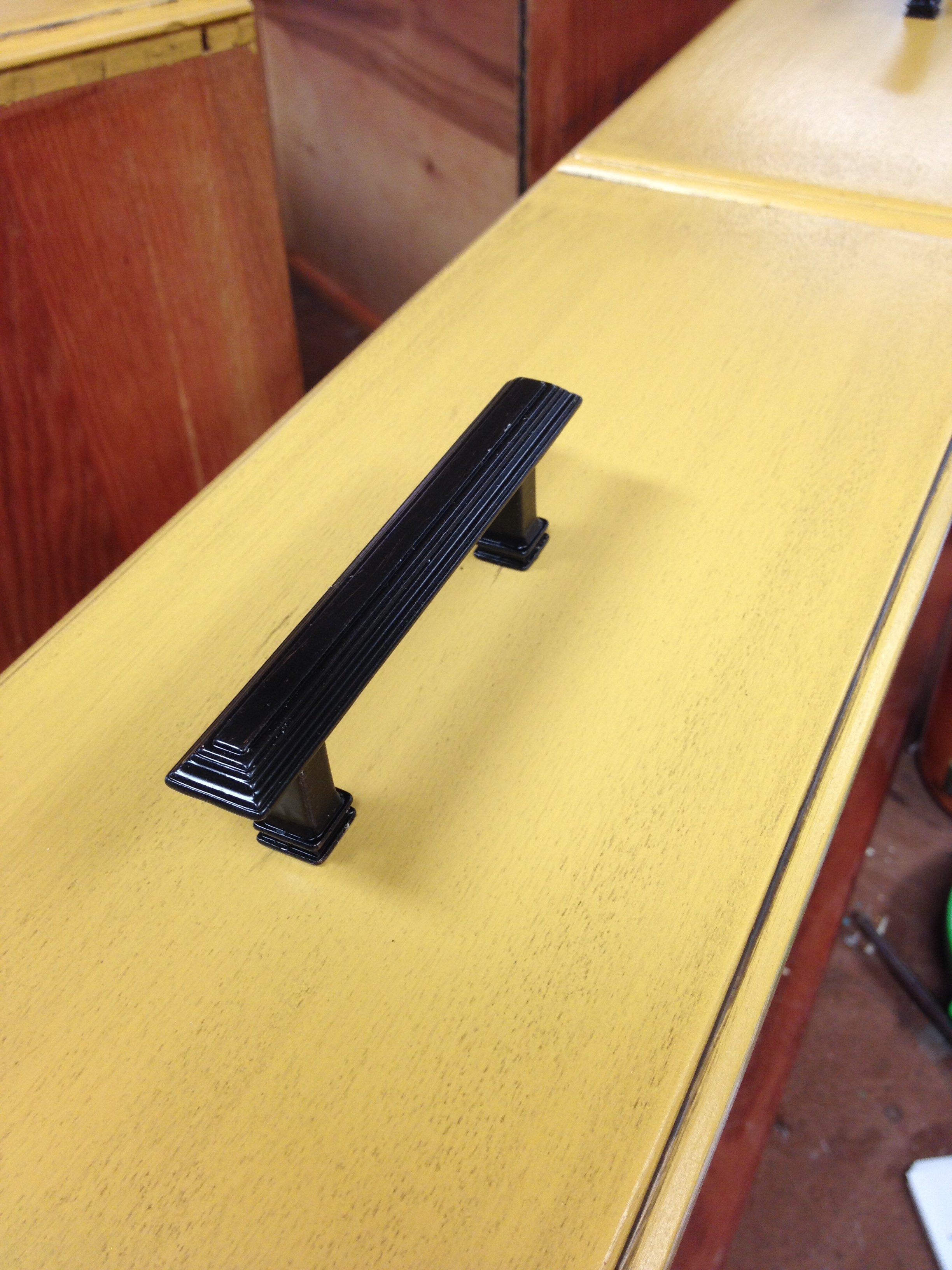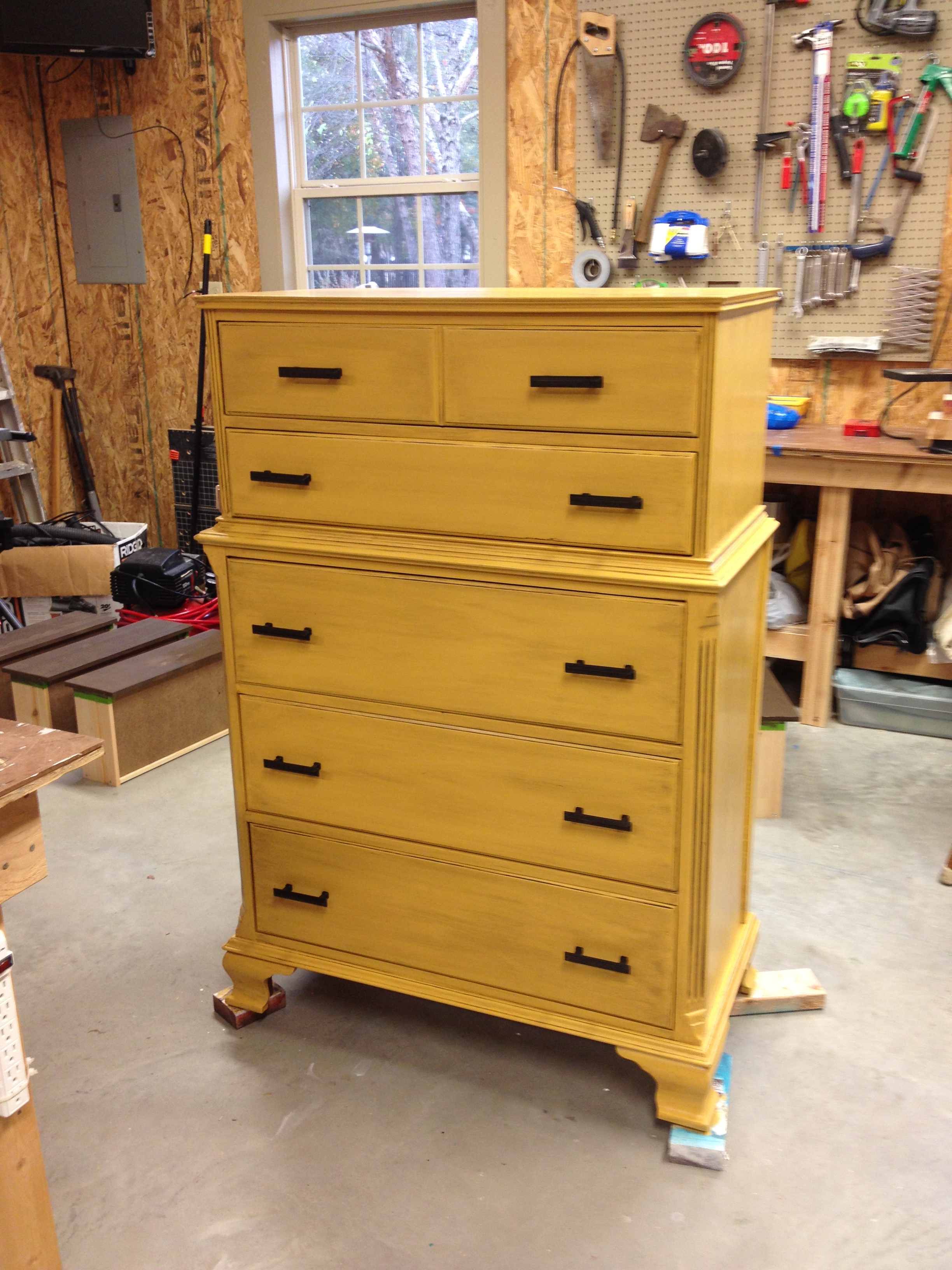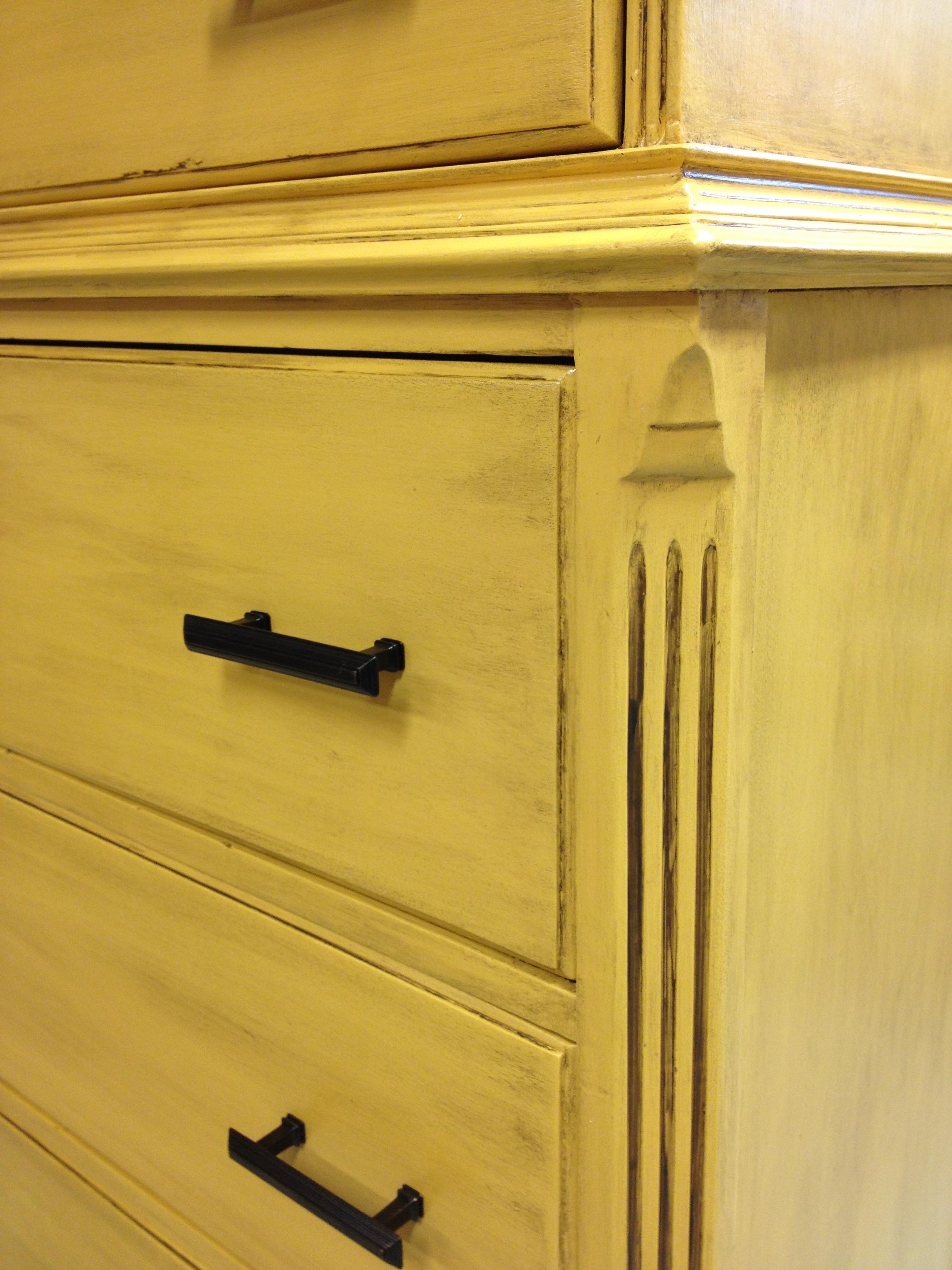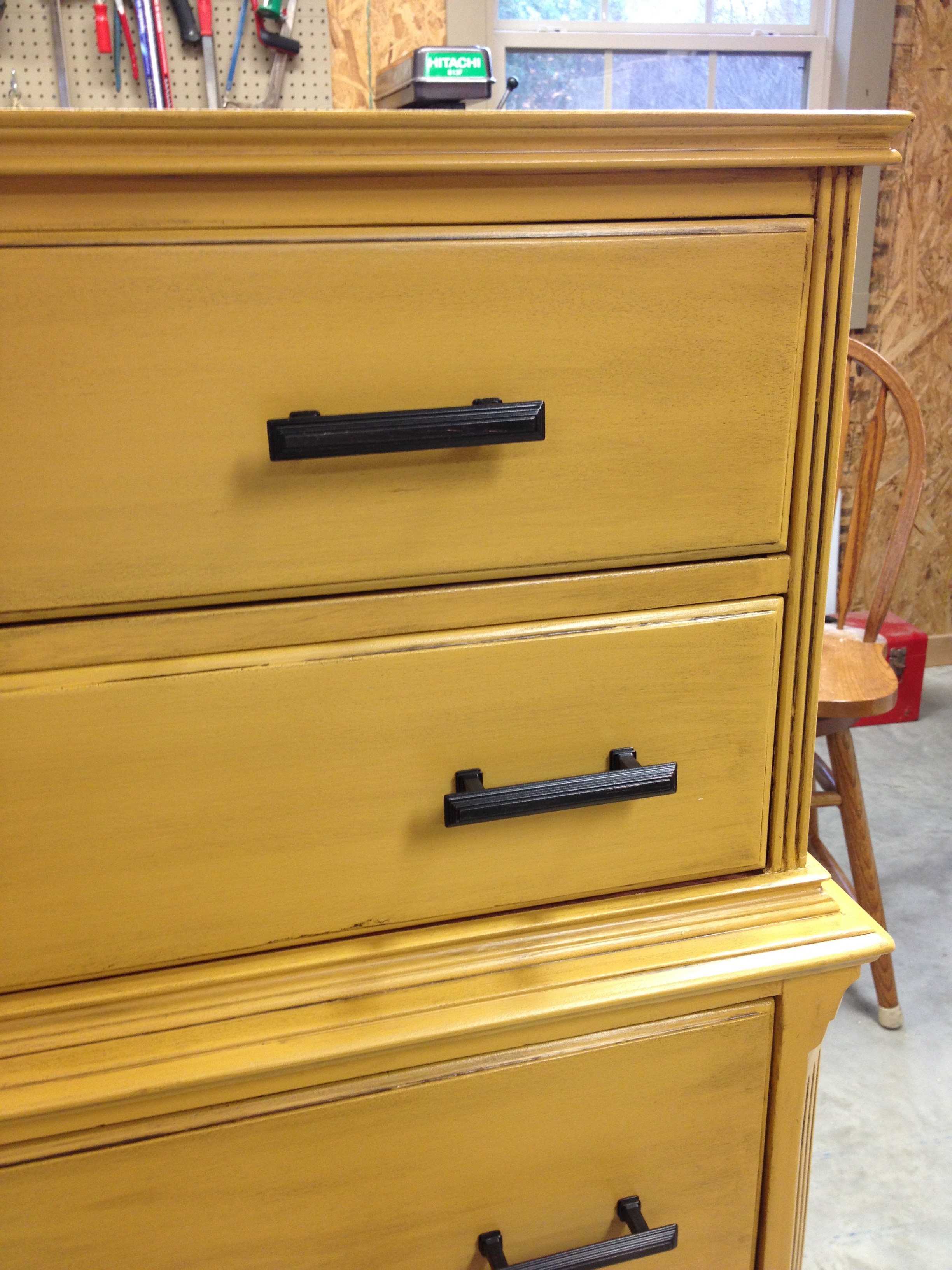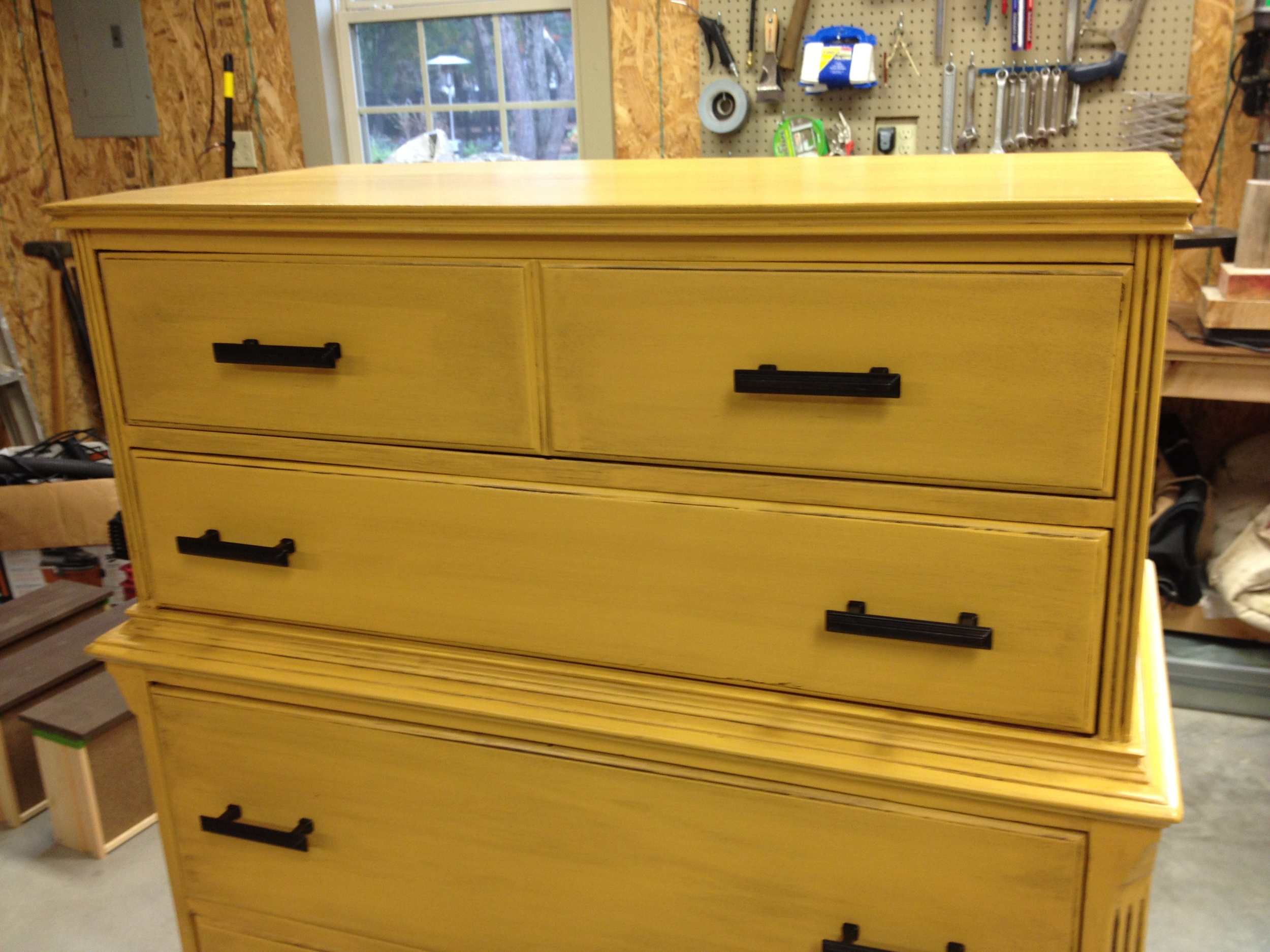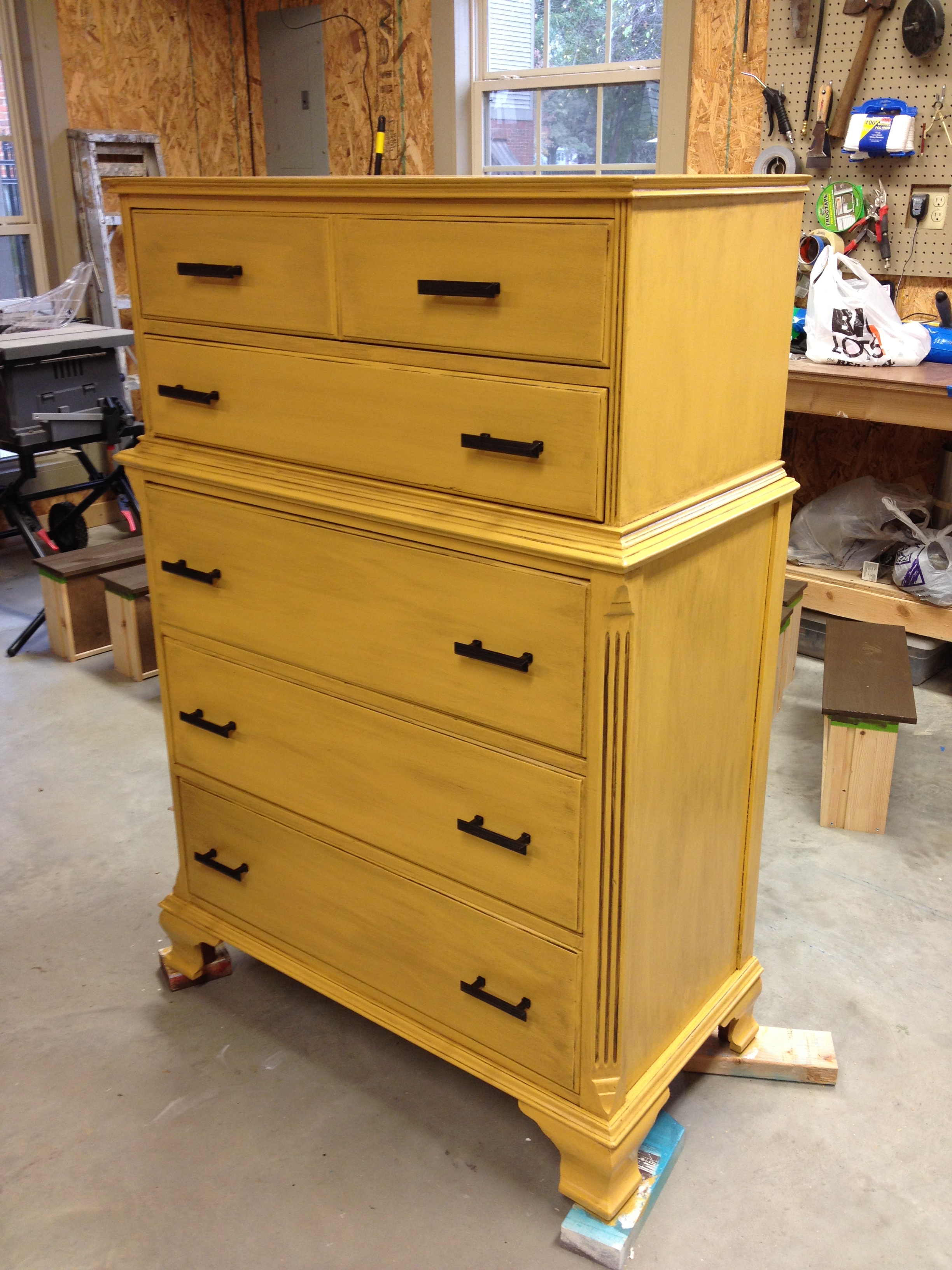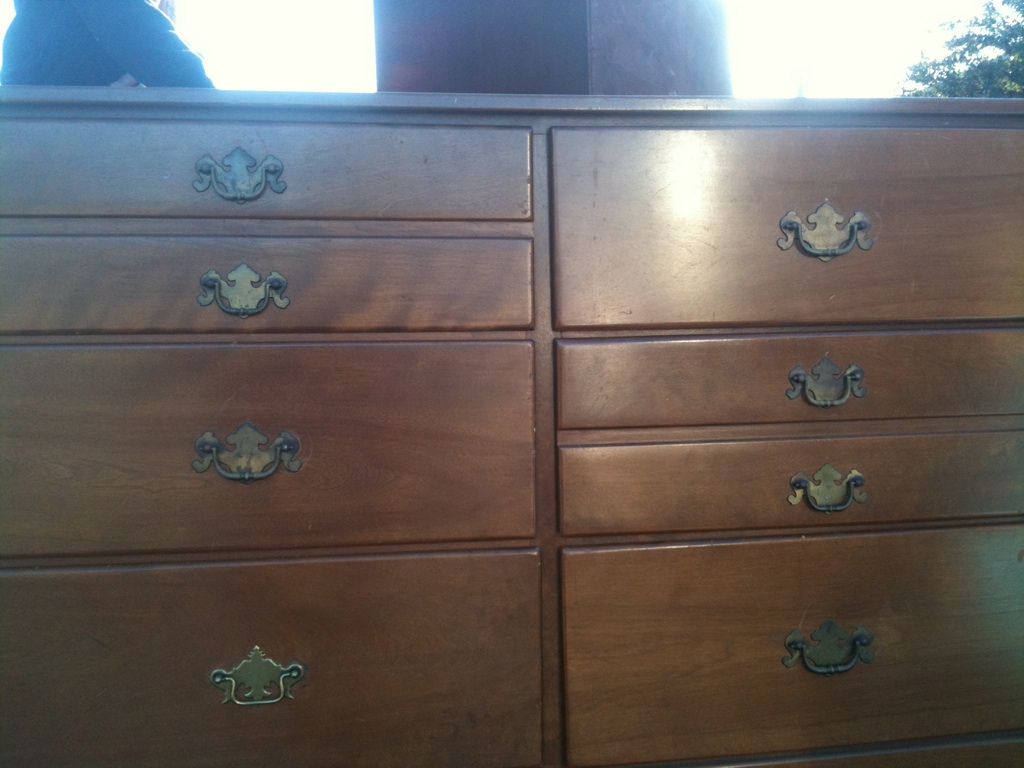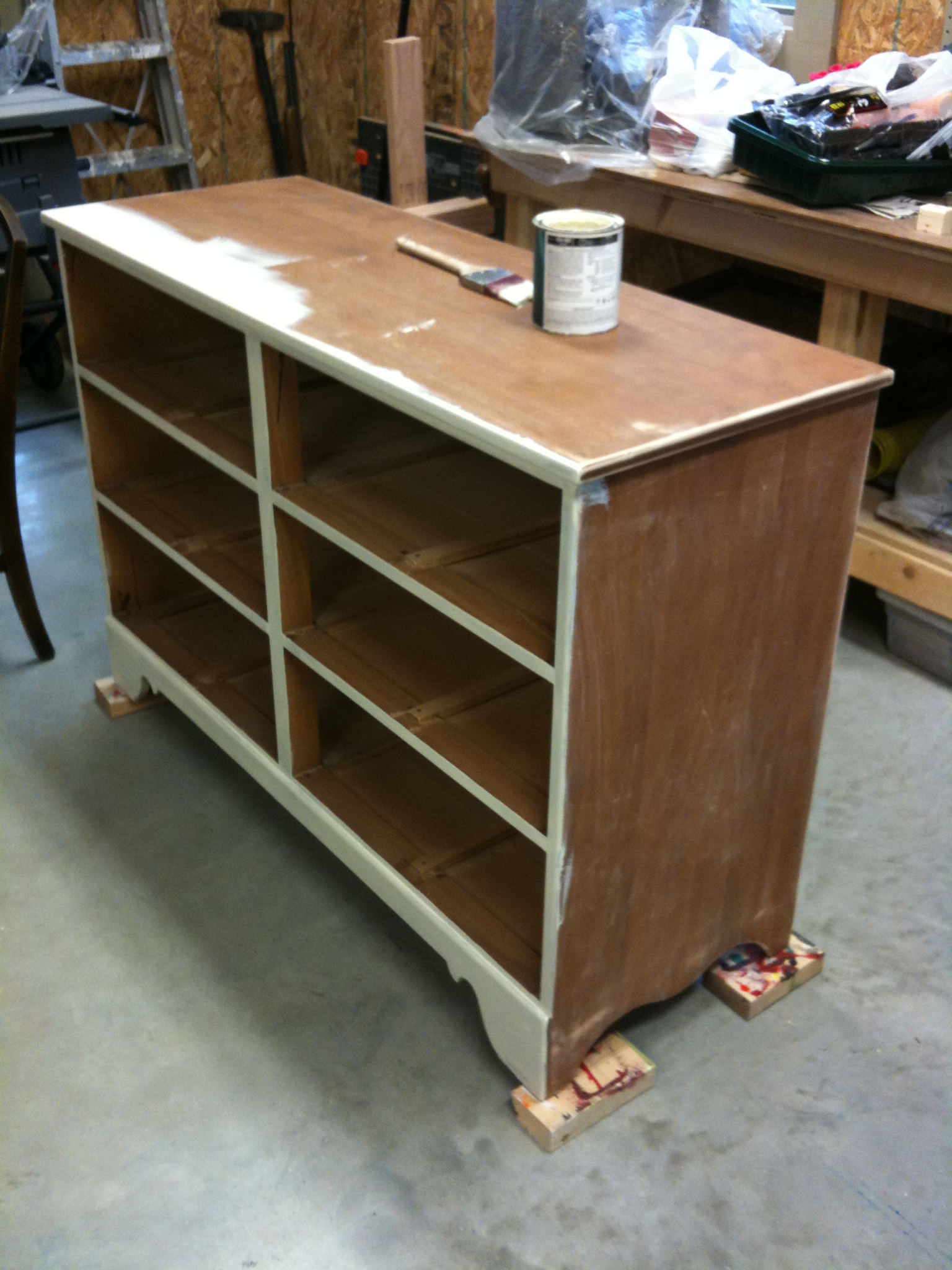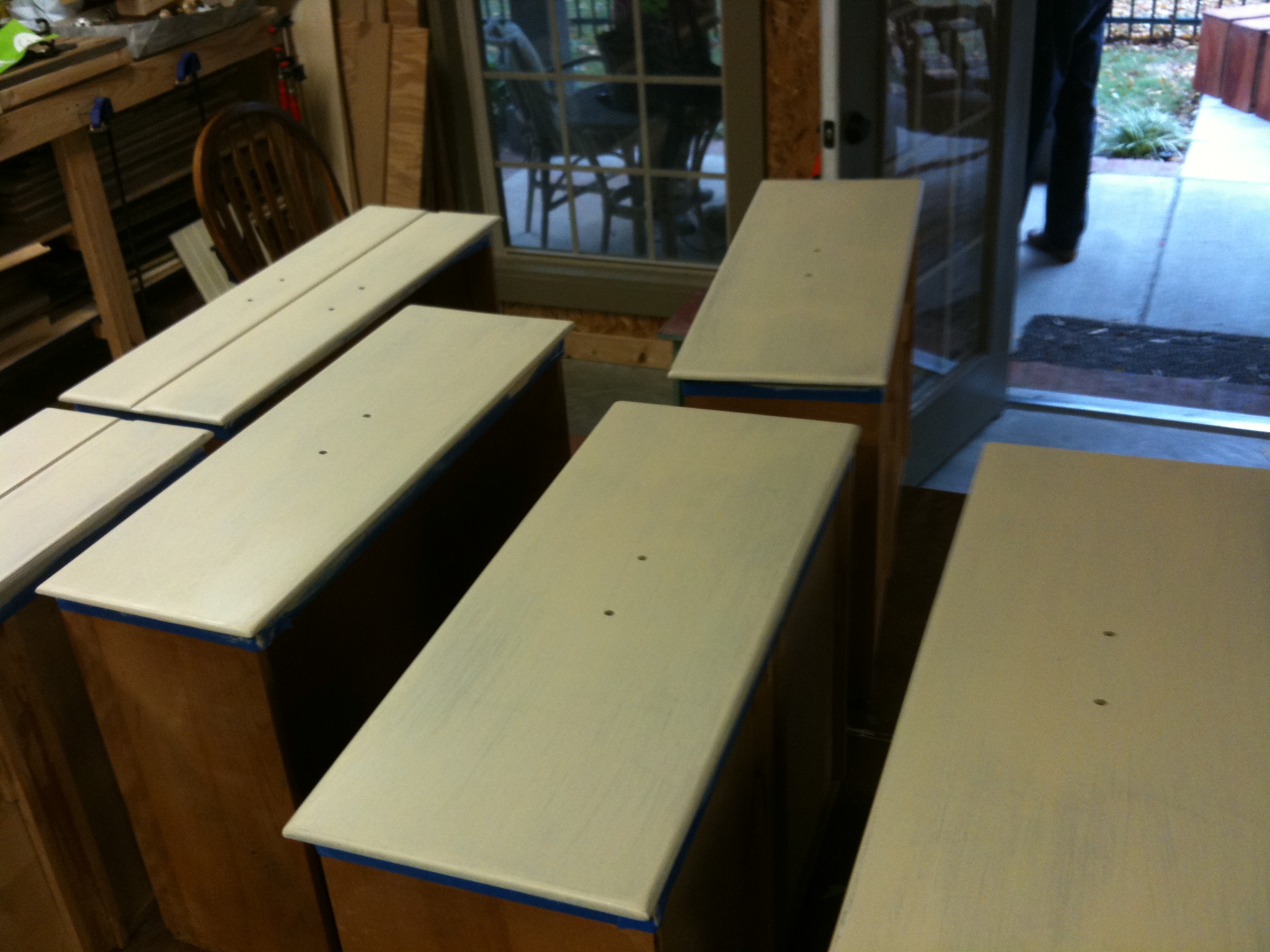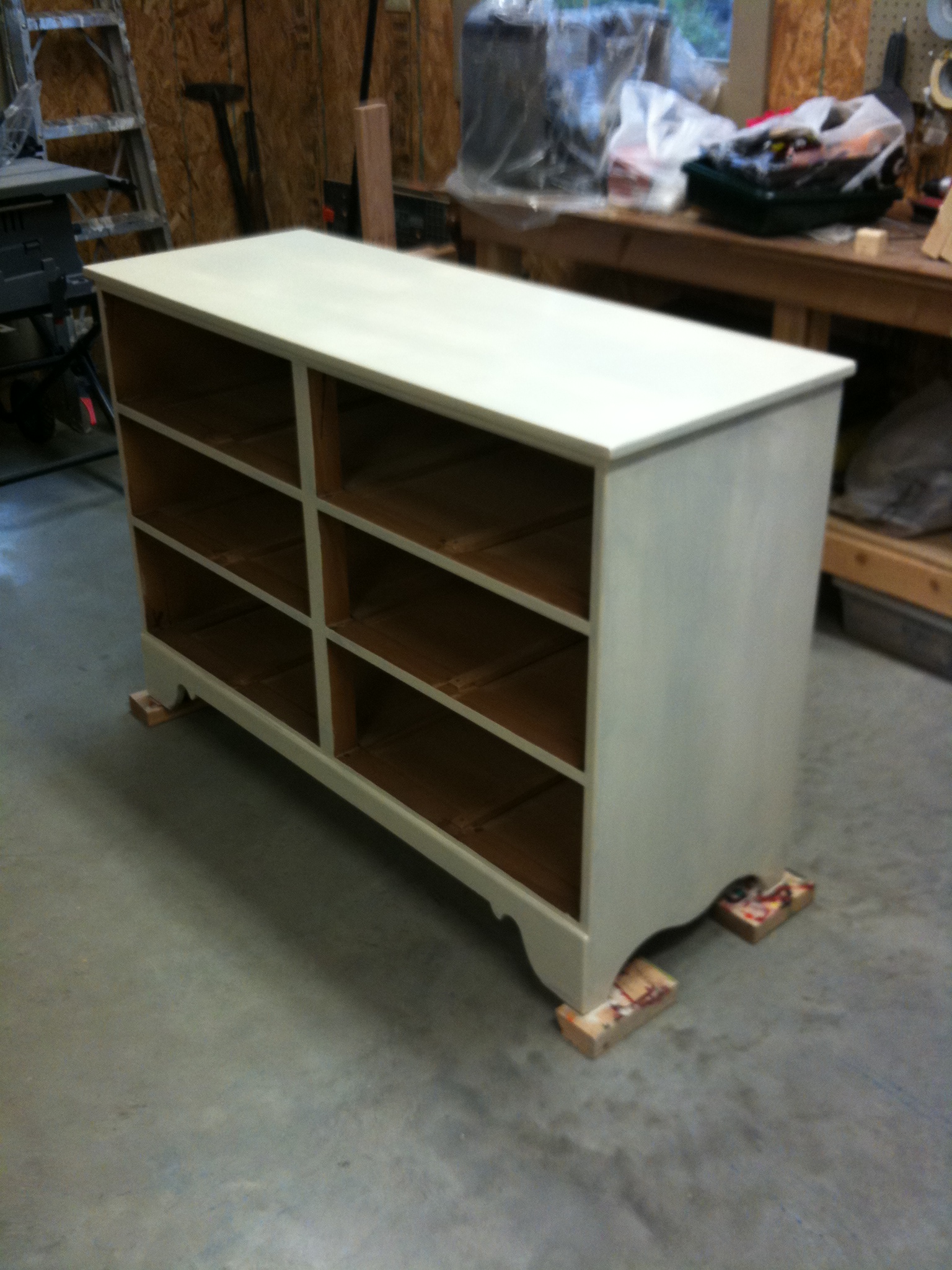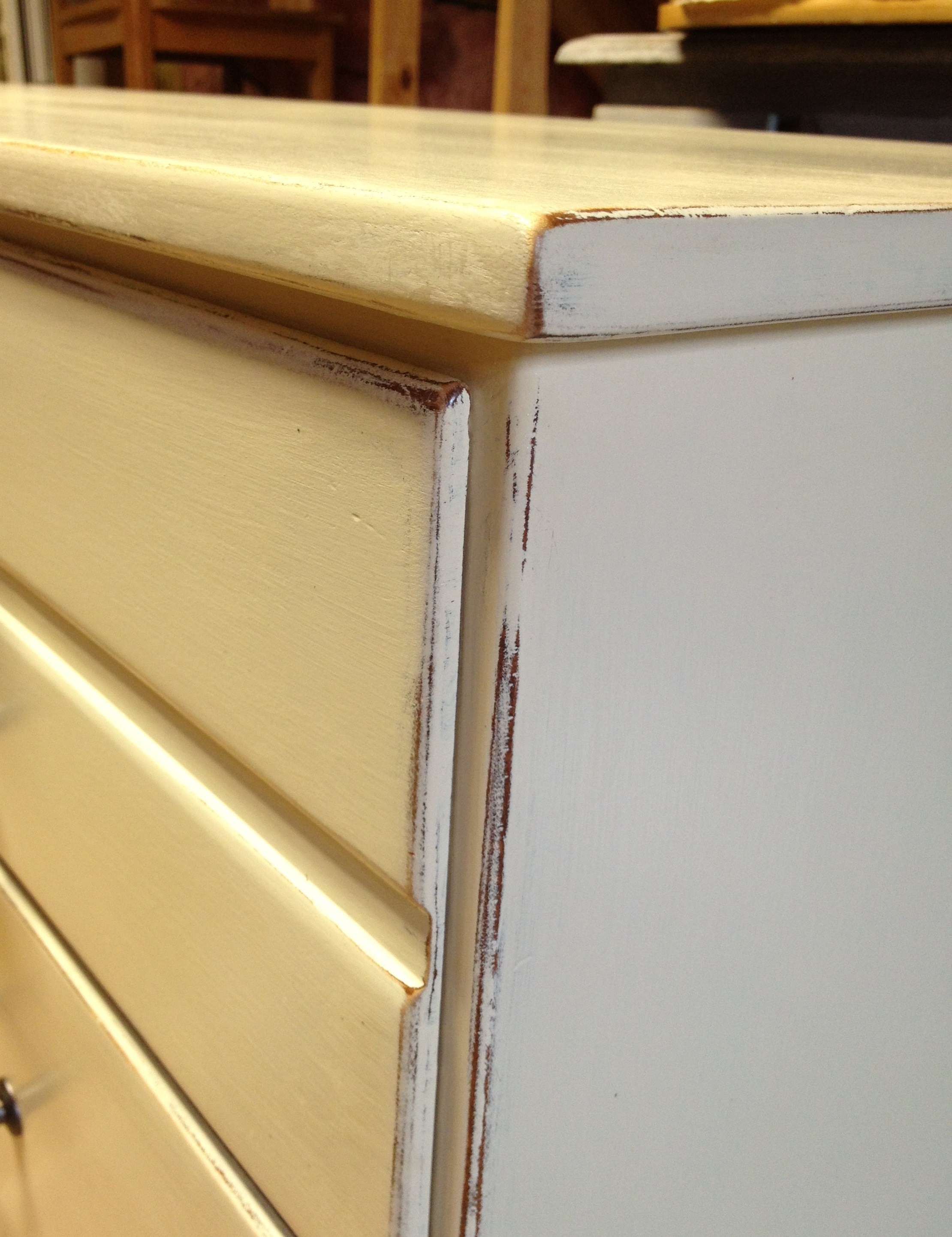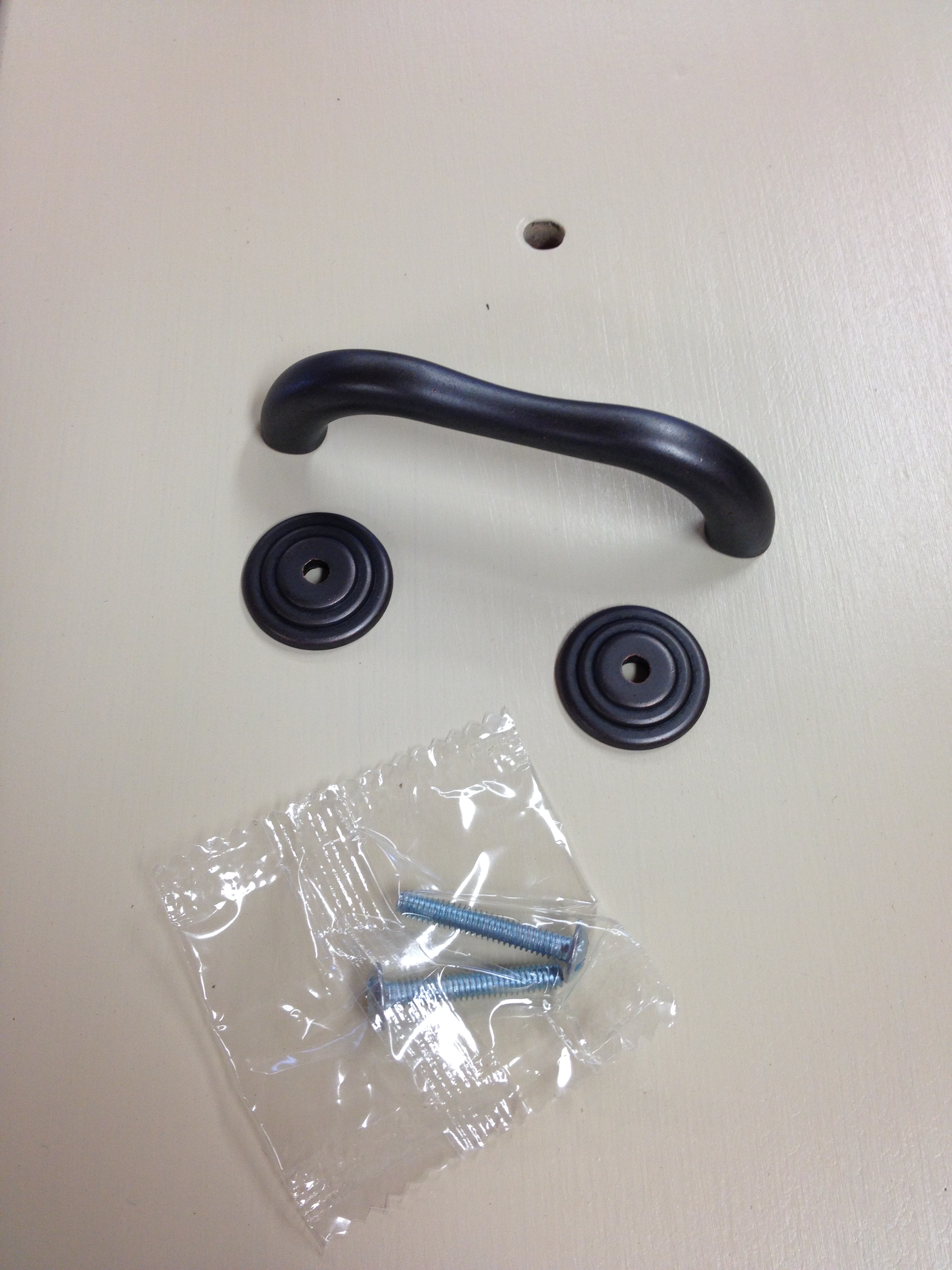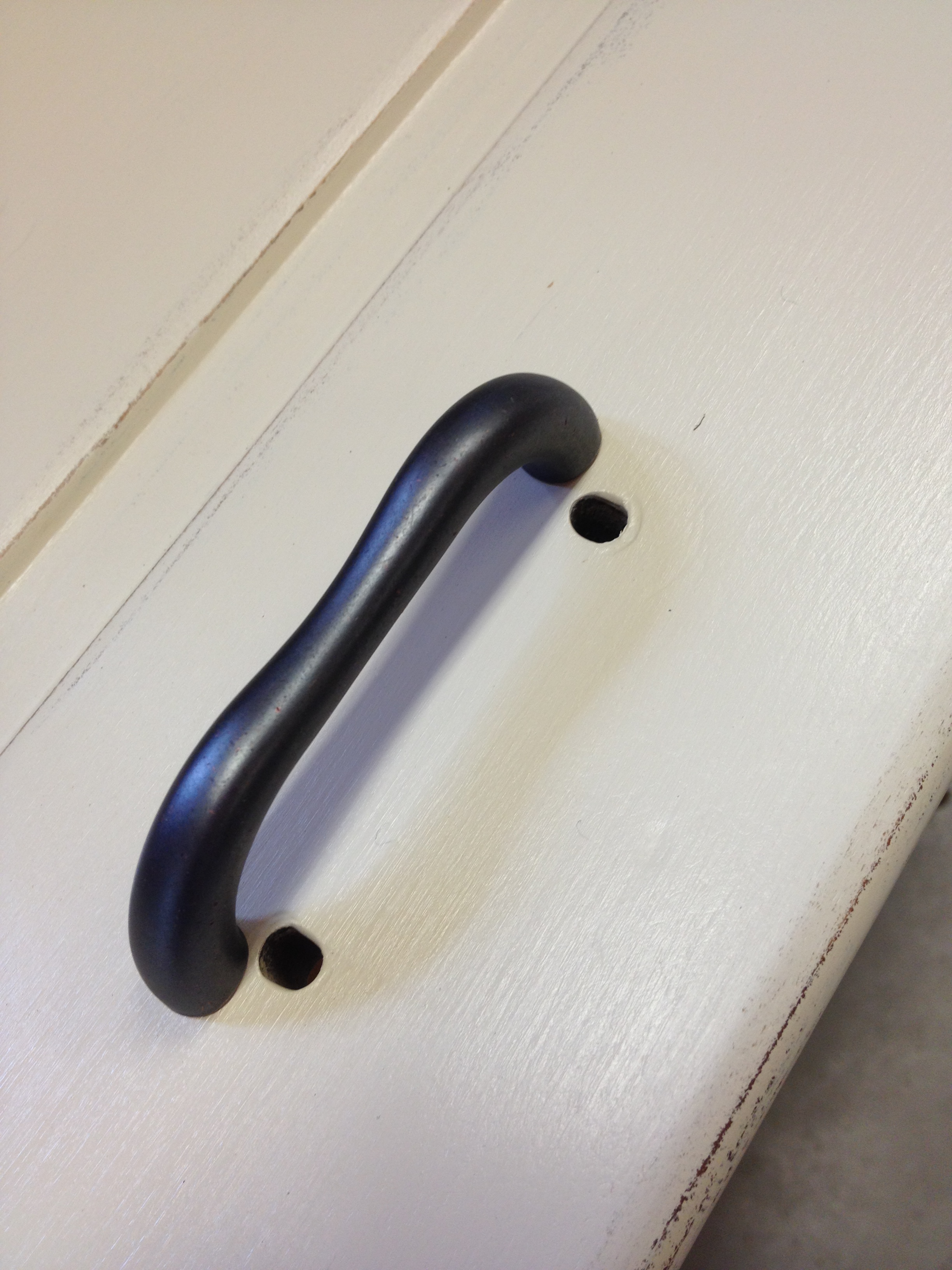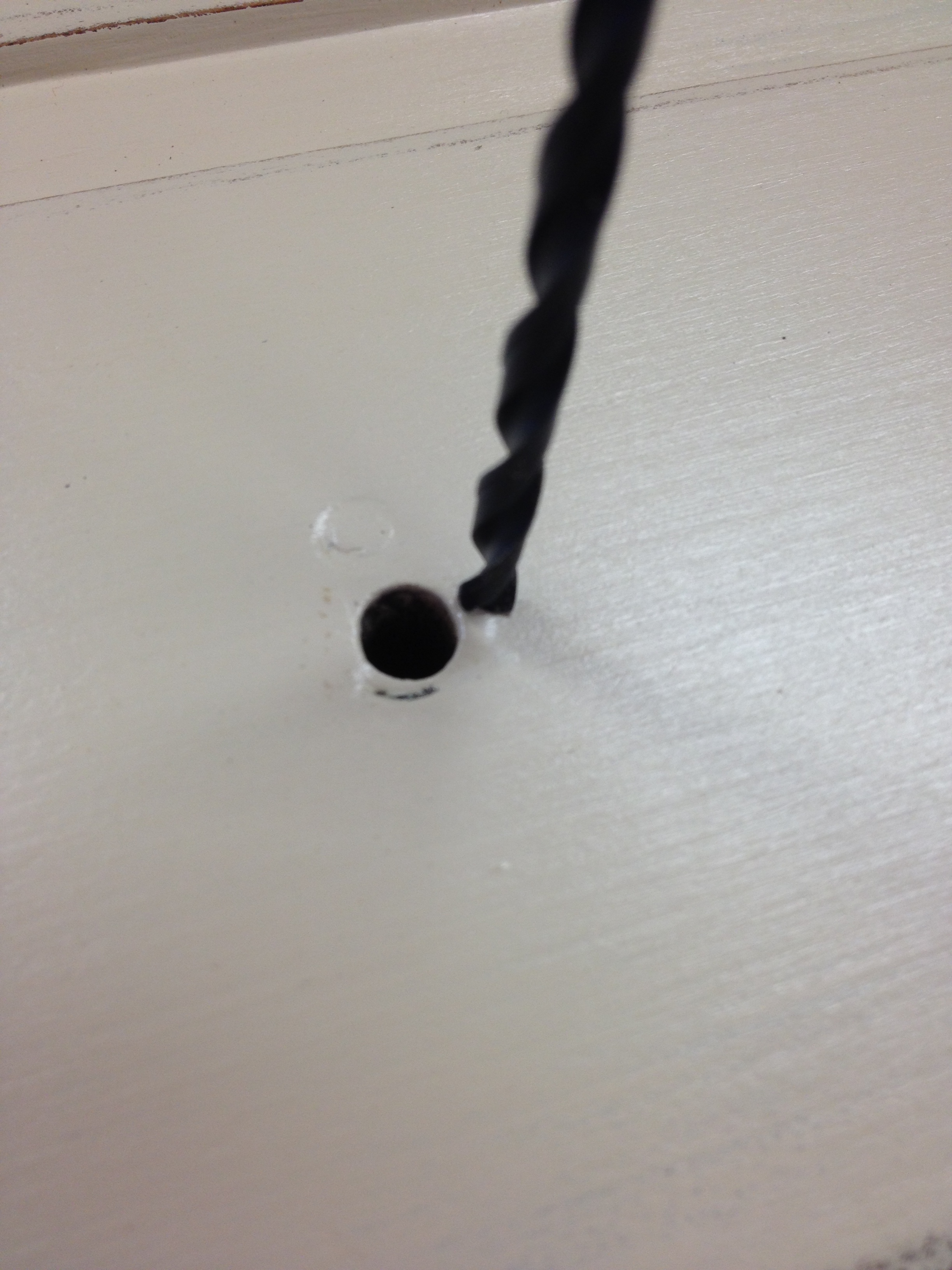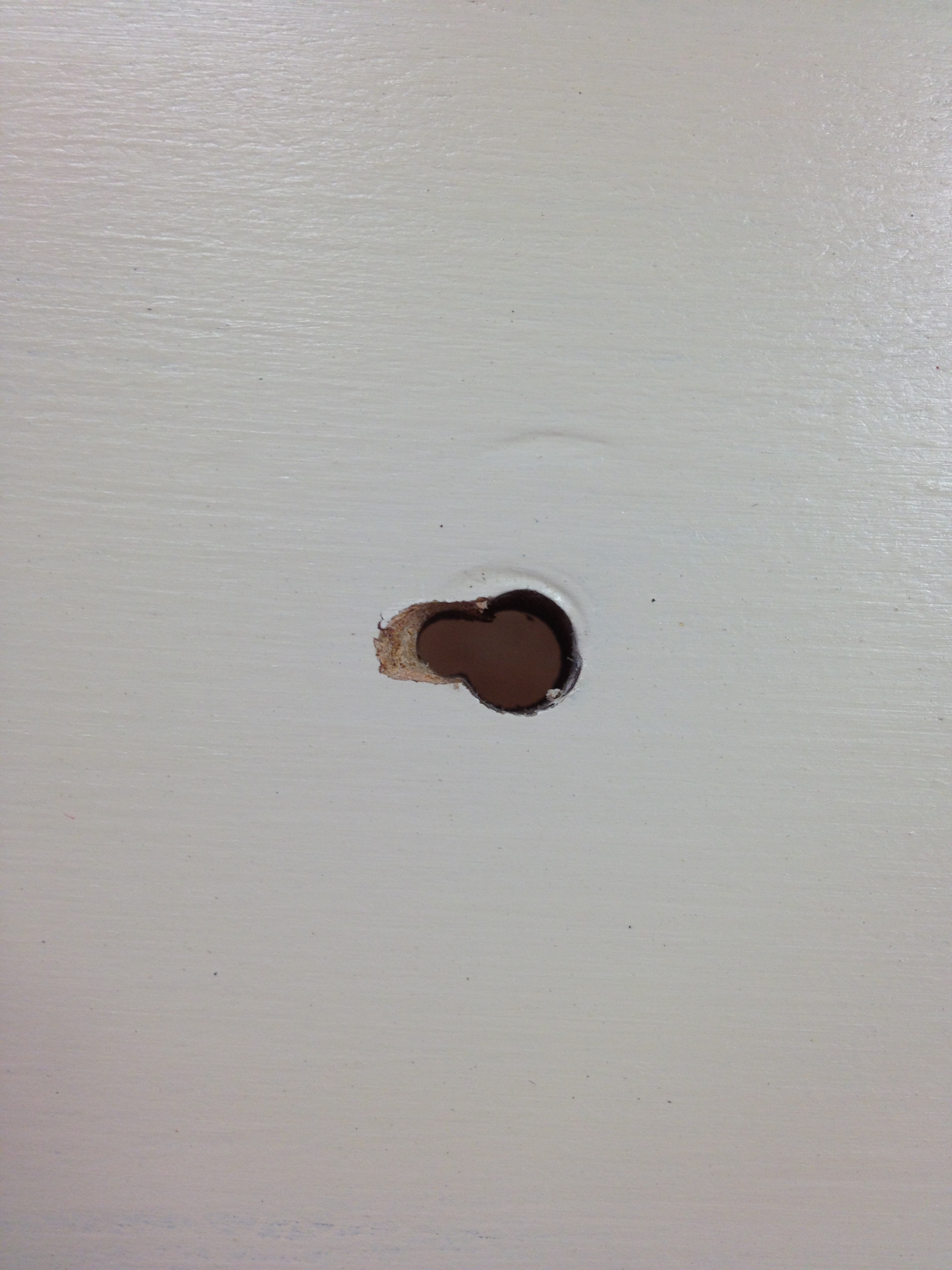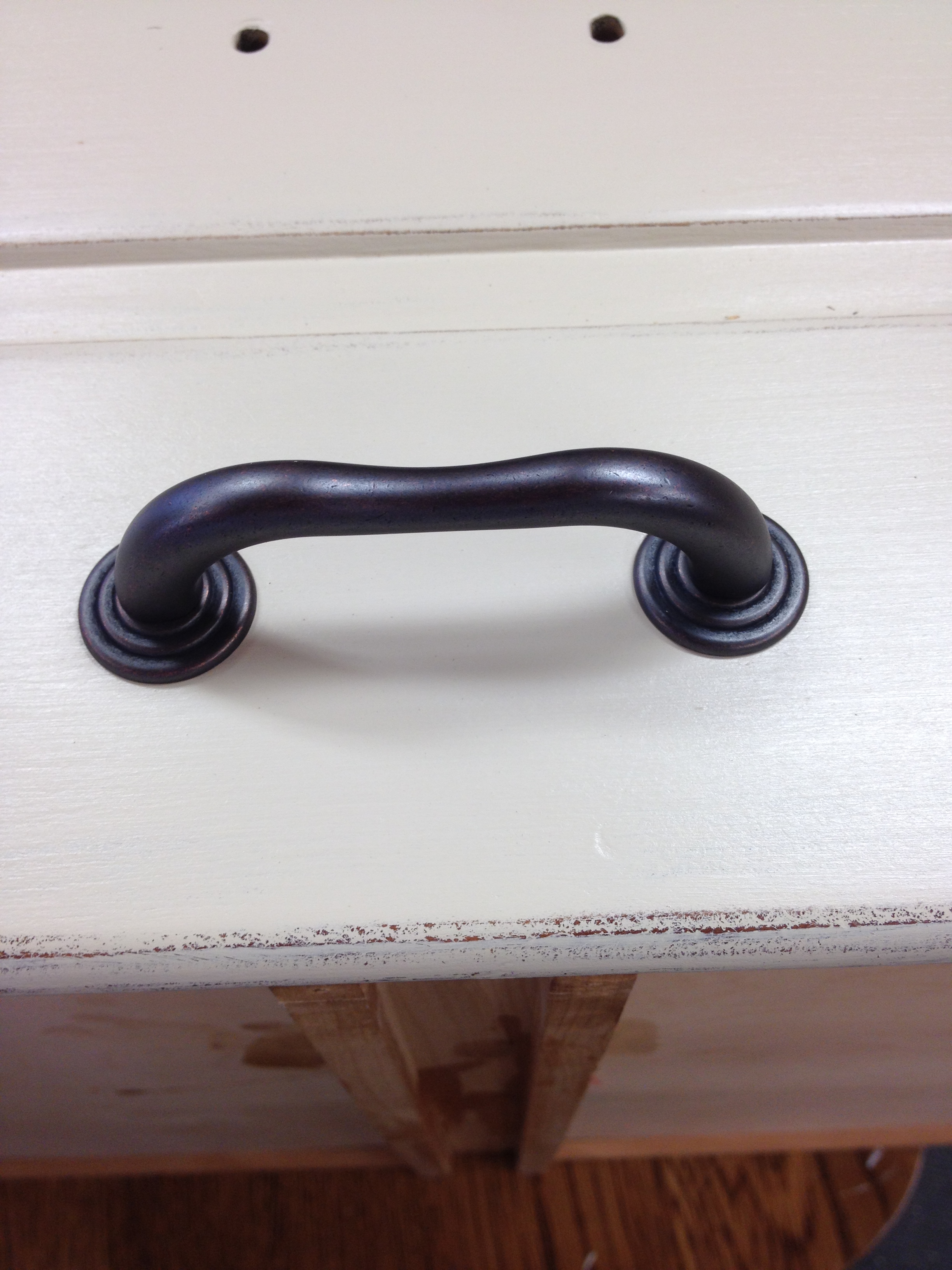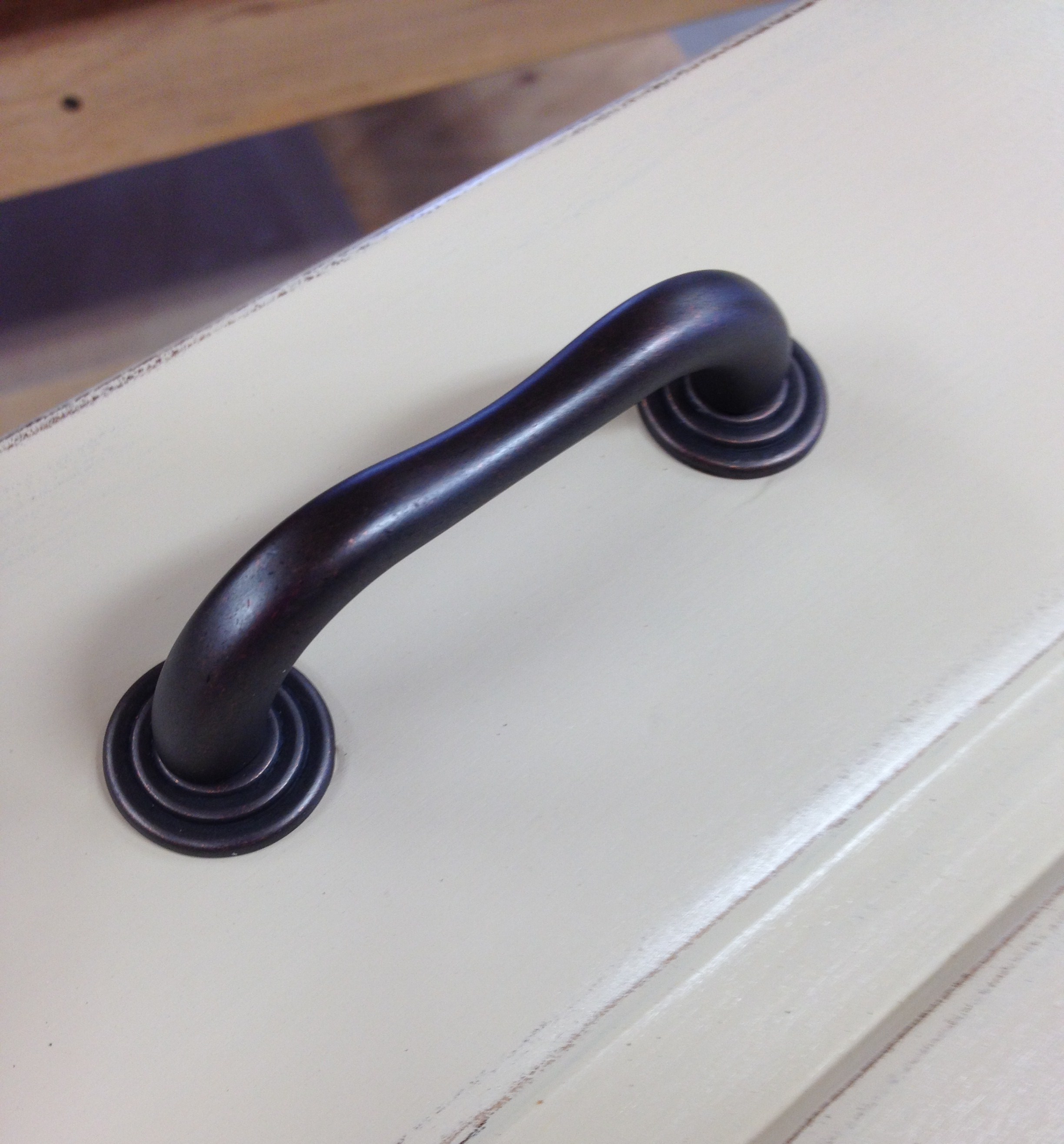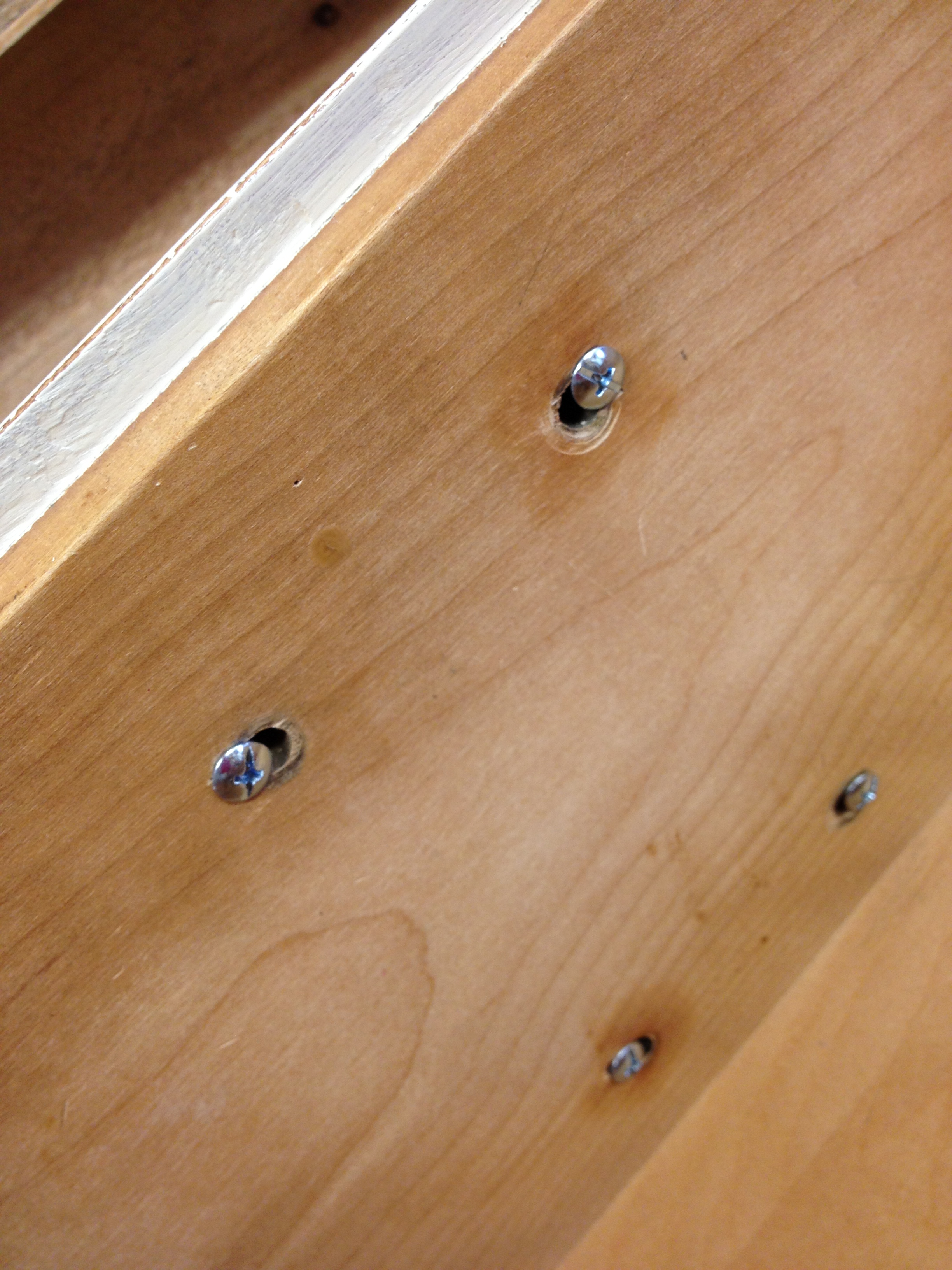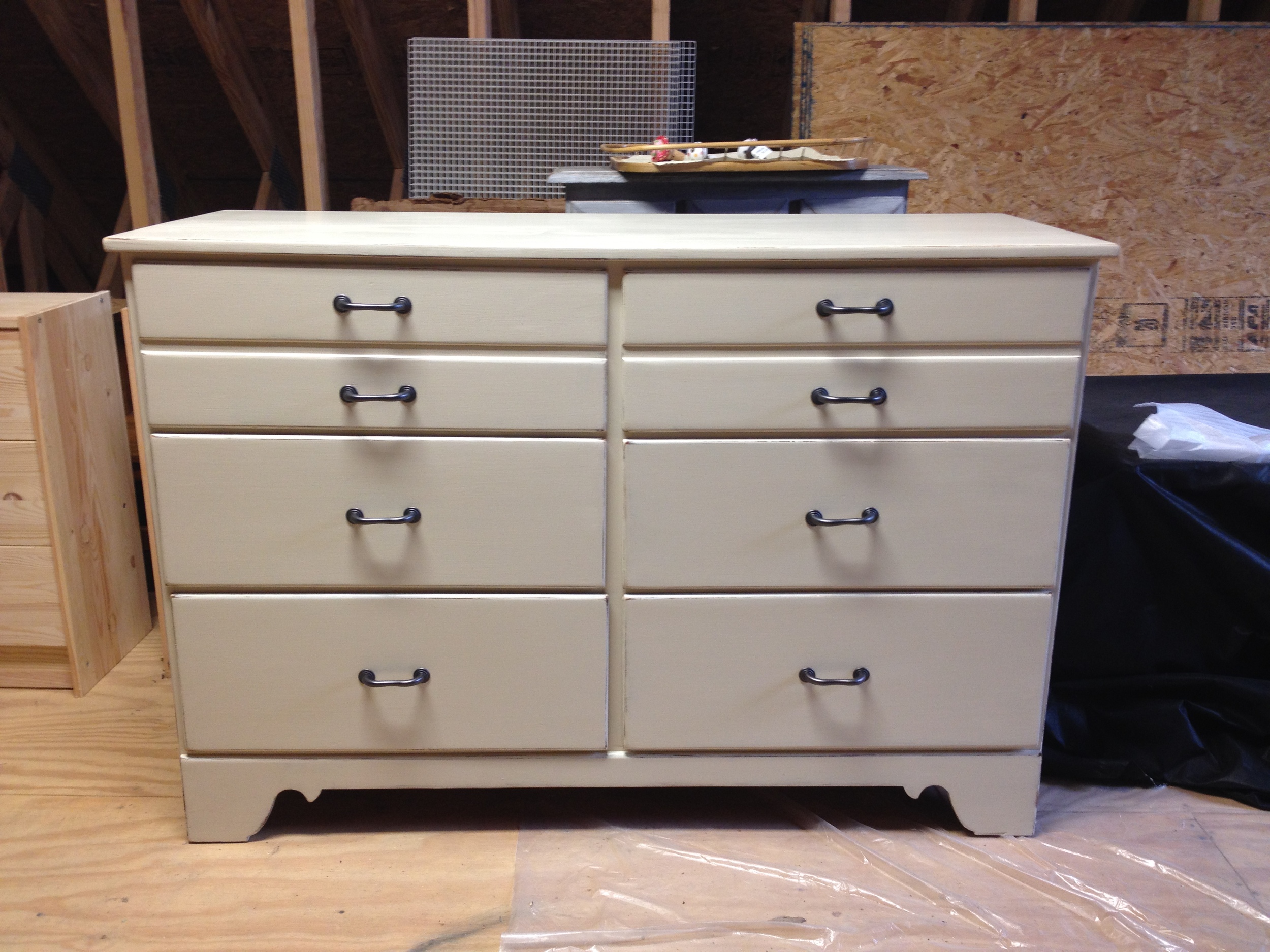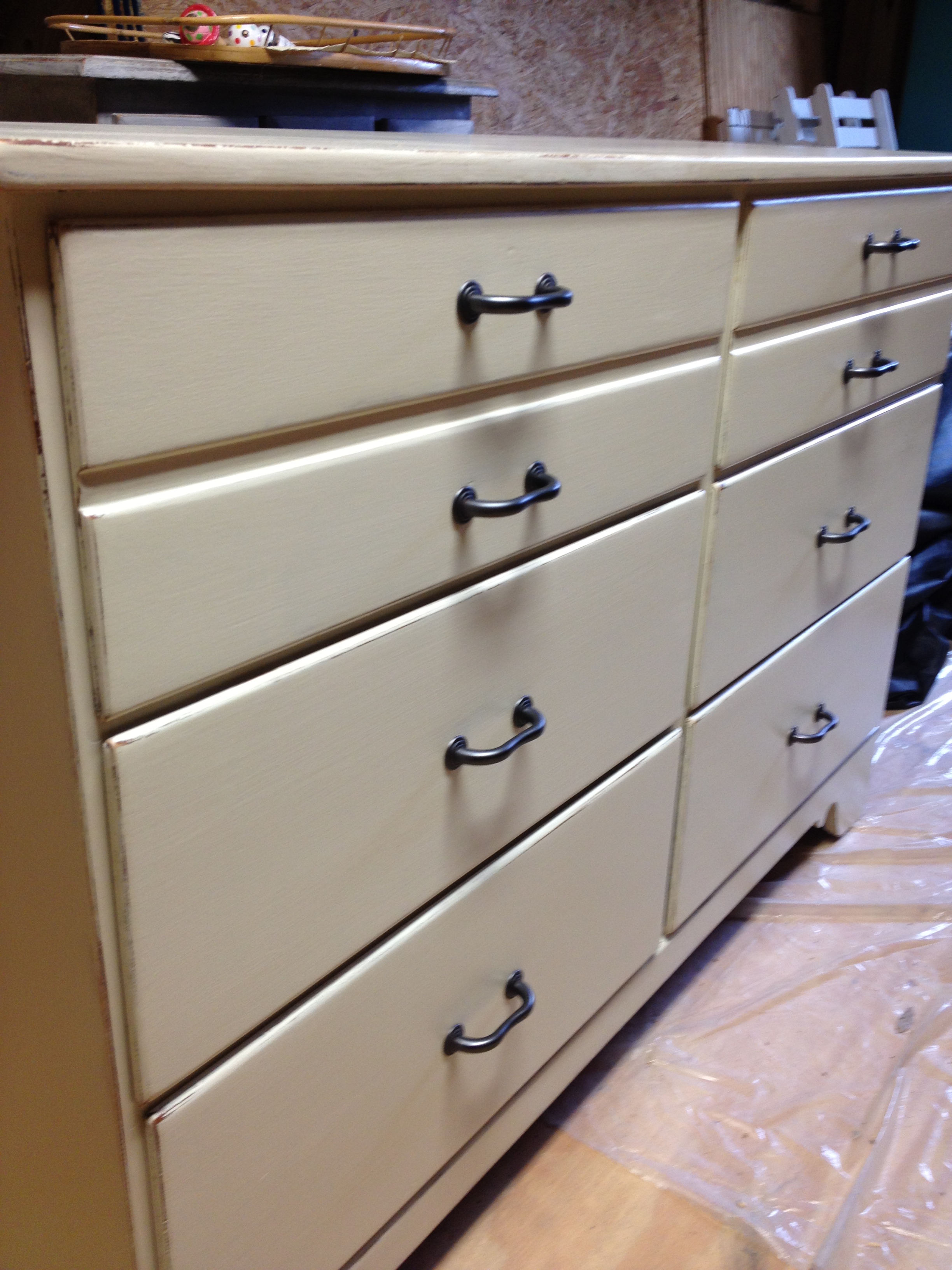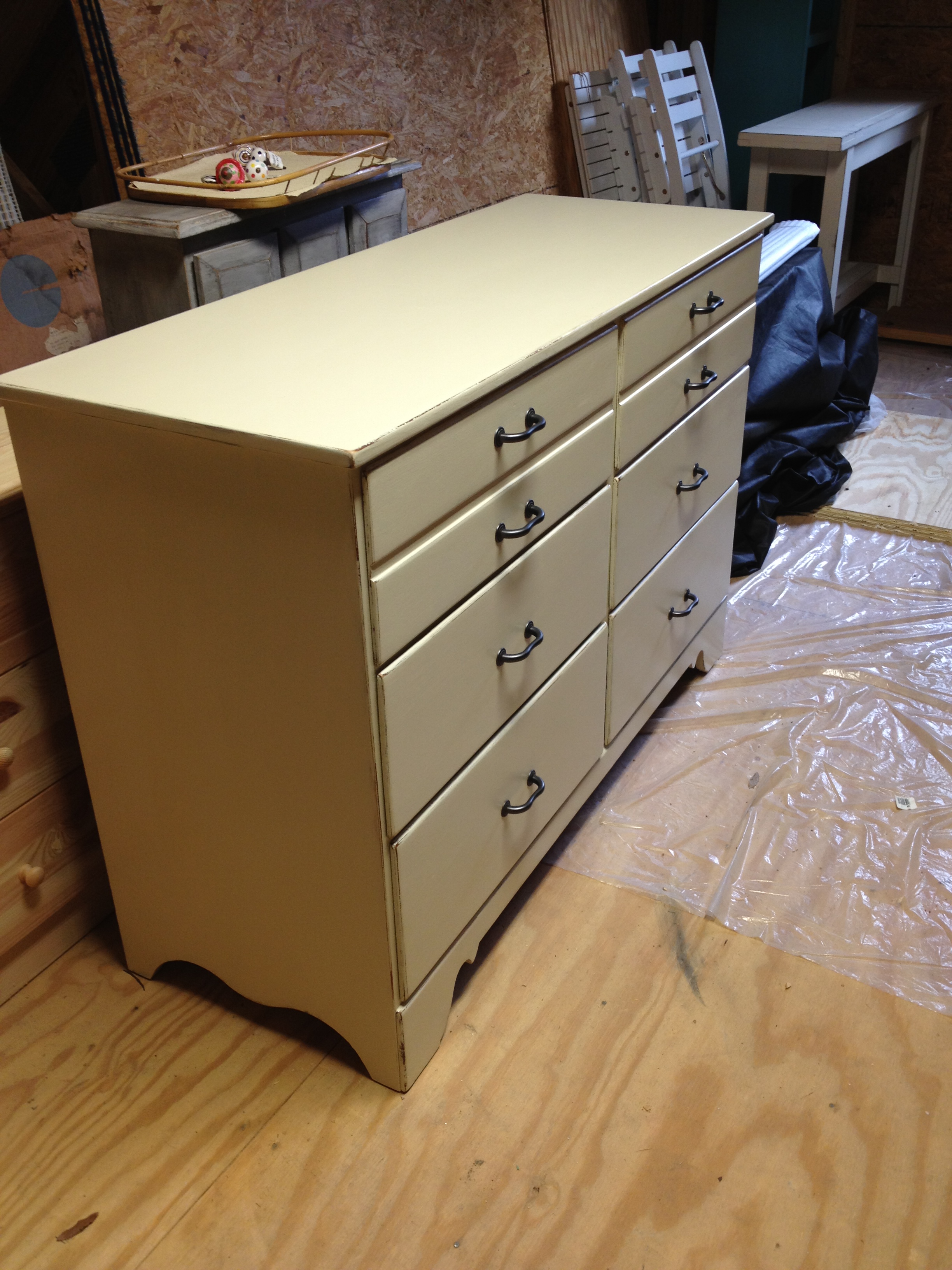If you missed my last ho-hum Ikea Rast Hack (or have no idea what I'm talking about...), you can see it here. Like I said in the last Rast Hack post, after we saw the sturdiness of the first two we ordered, we immediately placed the order for two more (but unfortunately, not before the price went up five bucks to $34.99 each). I knew right away which beach house room one of these would go in, so I could start on it immediately. And this one was not going to be as Plain Jane as the other two.
My first step, like always, was to tape off the areas I didn't want to paint, like the inside of the dresser base and the sides of the drawers. Then I gave this Rast Dresser two good coats of white paint. I didn't take pictures of this process but I'm sure you can imagine what it looked like. Picture one small dresser and three drawers all white. Got it? Good.
To jazz it up, I pulled out this pack of stencils that my mom gave me for Christmas last year. It's the Ed Roth Stencil 101 Decor set.
After thumbing through the reusable stencils and holding up to see how'd they look, I finally settled on this pattern of hexagons for my Rast Dresser. Ignore the blue-green paint...apparently I didn't clean it off the last time I used it. Oops?
I planned on only stenciling the drawer fronts, not the whole piece of furniture. And I also knew that I wanted to stencil the three drawers together so that the stencil matched up (as opposed to stenciling each one individually and then the pattern not lining up when they were placed in the dresser). To do that, I lined my drawers up and taped them together.
This gave me one big blank slate to go crazy with, er stencil.
My stencil was bigger than the height of one drawer front, which meant my pattern would bleed from drawer to drawer. I was ok with that, but it also meant that instead of lining it up and starting in a corner, I needed to find my center and start there. I measured to find my midpoint (and then measured again) and lined up one of the hexagons with the middle. I tried to place my marked midpoint on the drawers in the dead-smack center of the hexagon.
I was more than a little nervous to start stenciling. I have never been very successful at painting over the stencil - in the past I've ended up just tracing the design and then filling it in with a paint brush. I was determined to do this right, though, I read as many tips and tutorials as I could find online. The secret seemed to be in the stencil adhesive, so I grabbed some from Michael's before starting. I don't remember exactly what it was called, but it was Martha Stewart brand. I sprayed it on the back of my stencil AND taped down the edges, penciled in my registration marks (so that I could easily line up the next repeat of the stencil), took a deep breath, and went for it. I used a foam roller with very, very little paint on it and rolled over the stencil multiple times until the pattern was filled in.
The color is Essential Grey from Sherwin Williams and is the color of the walls in the bedroom where this dresser will live. It seemed like it took forever for this first stencil to dry, but then, since I could work out from it in four different directions, the rest of it flew by.
Aww yeah! I was supah excited with how this was turning out!
Up close it was not perfect by any means, but none of the edges were bad enough that a few swipes with a small paintbrush couldn't fix. I'll be honest here - I did fix a few smudged edges, but not all of them. I can live with a few imperfections, especially since you have to get really close to even see them.
I slapped on a couple of coats of water-based polyurethane before moving onto the hardware. As far as hardware goes, I wanted plain and simple so that the stenciled pattern could be the star of this show. Lowe's had a clear knob that ended up being the winner.
And check this out - the shape of the knob is the same hexagon shape as my pattern. Score! I love coincedences like that...especially since I didn't even realize they were shaped the same when I picked them out.
Ready for the full view? Here'tis!
I know the after shots are always a lot more exciting when they're staged in a room, but since we haven't moved into the beach house yet, we'll have to settle with after shots being in the woodshop. We'll be able to stage it in a bedroom soon, though!
So with that, we have 3 Ikea Rast Hacks done and 1 more to go. I haven't even started on it yet and don't have a plan. Anyone have any good suggestions?














